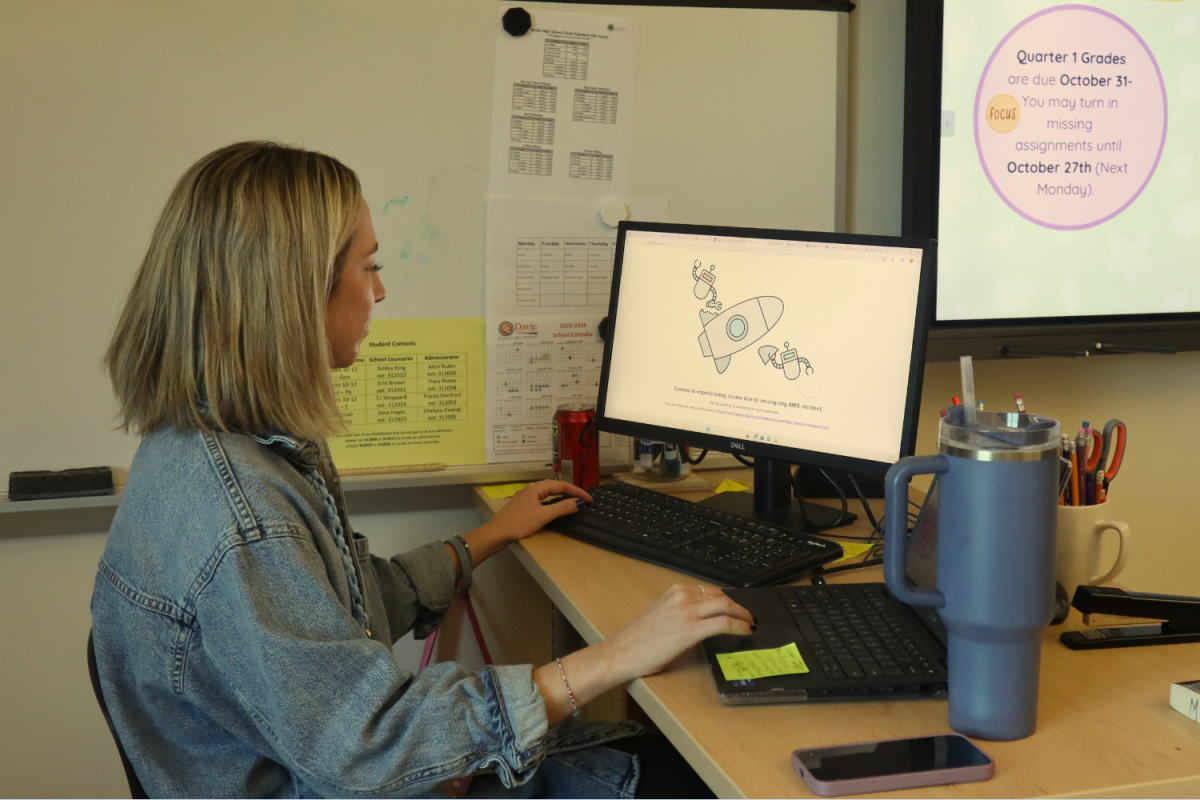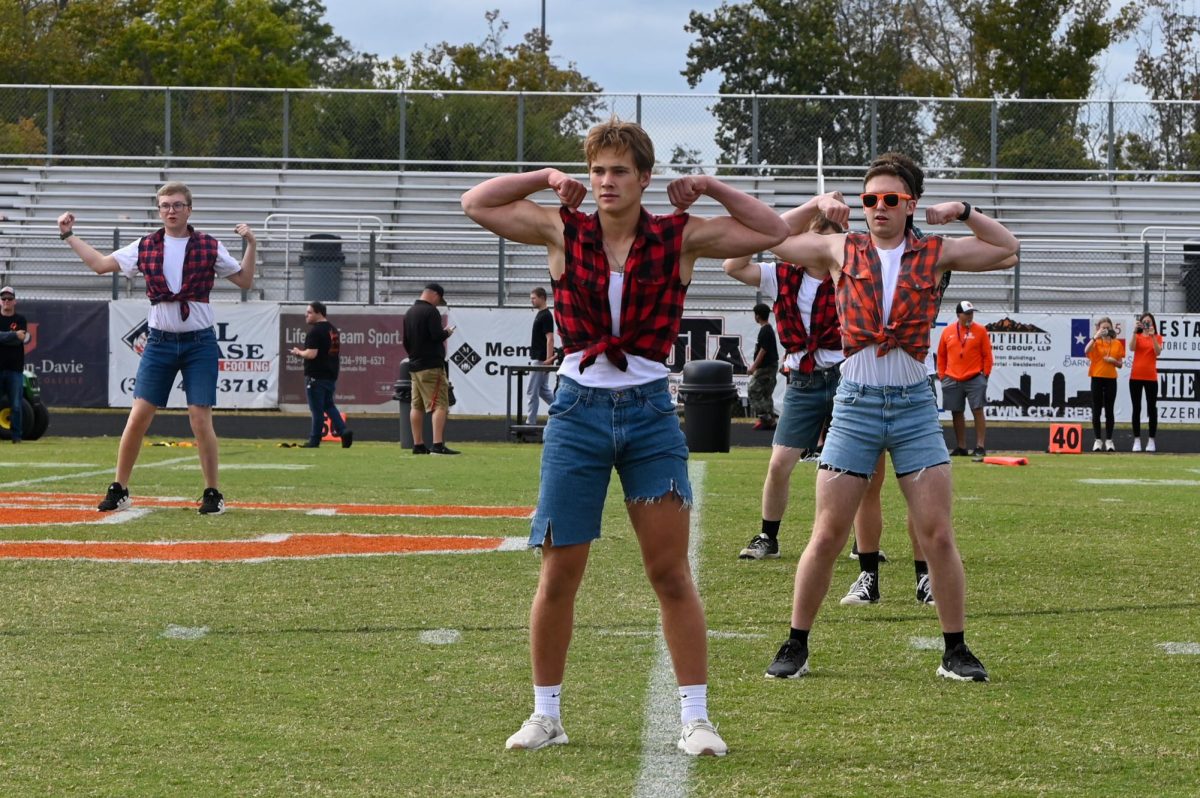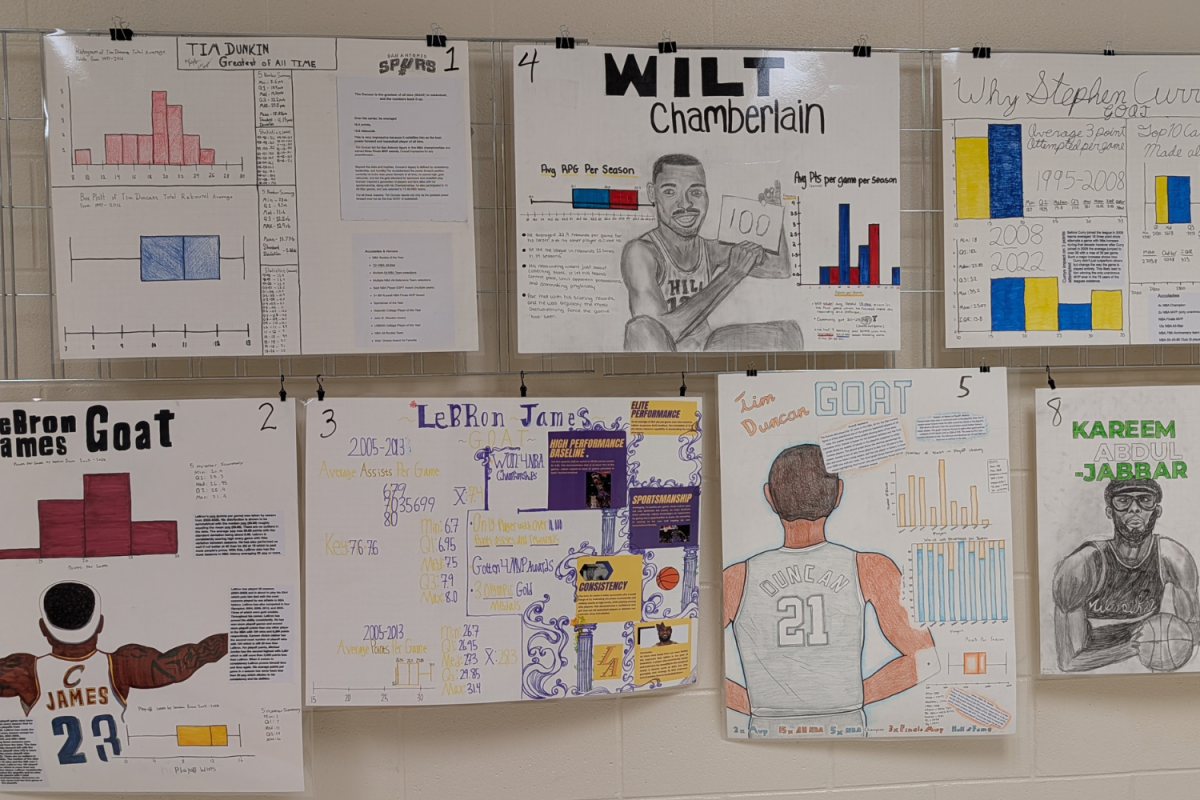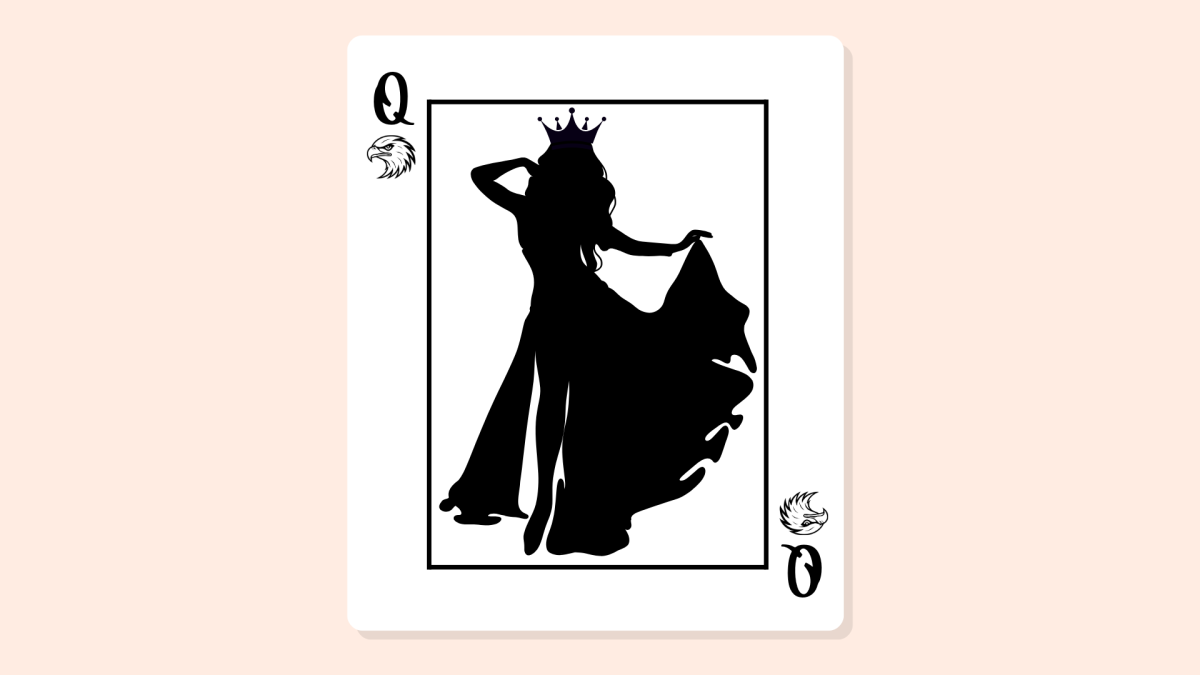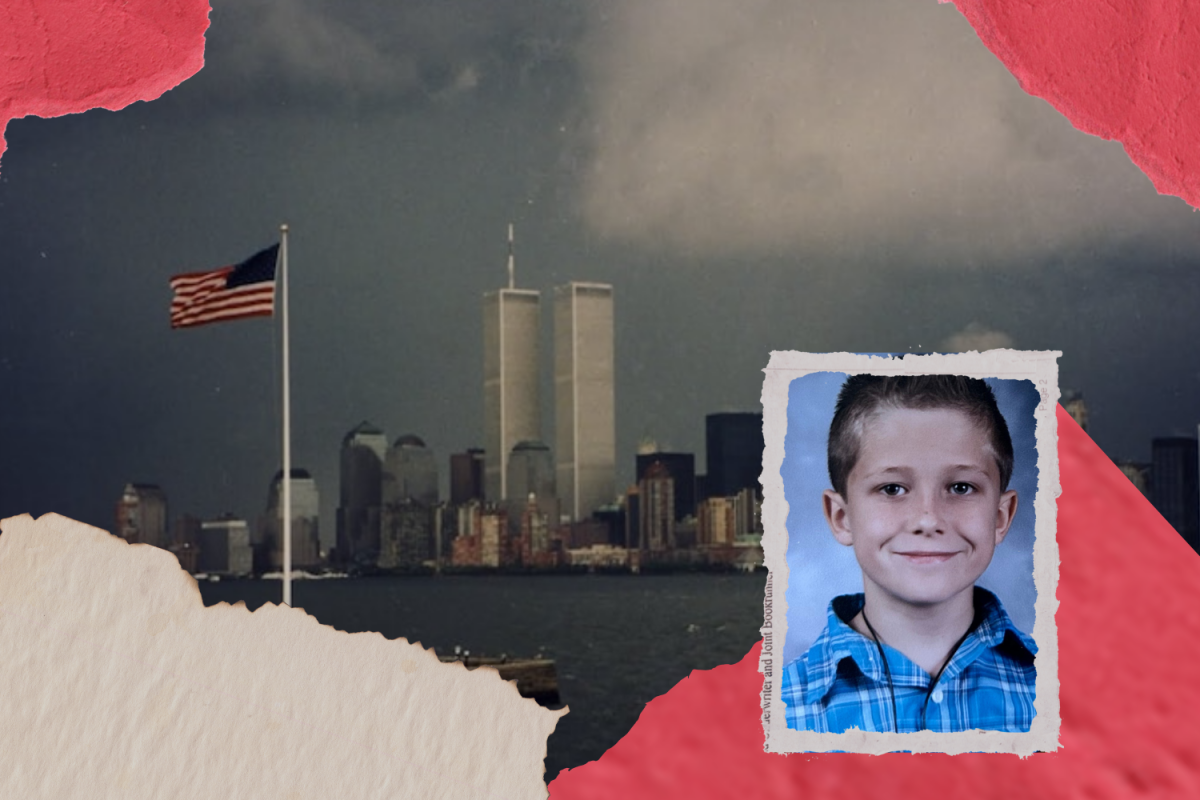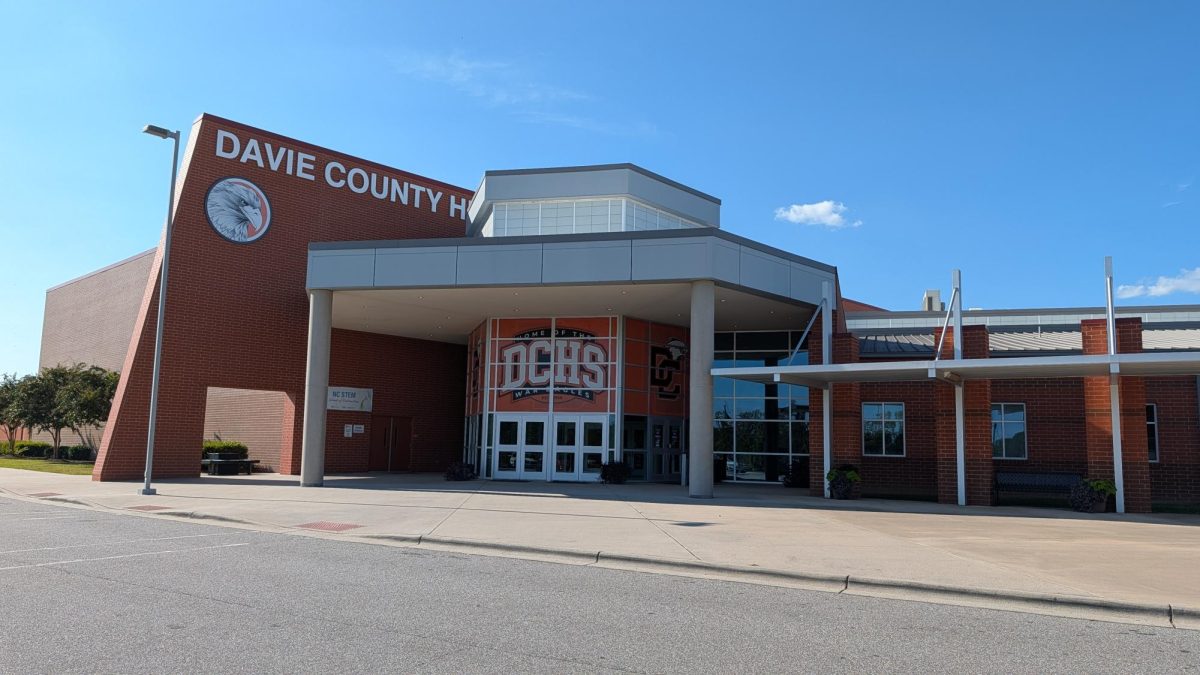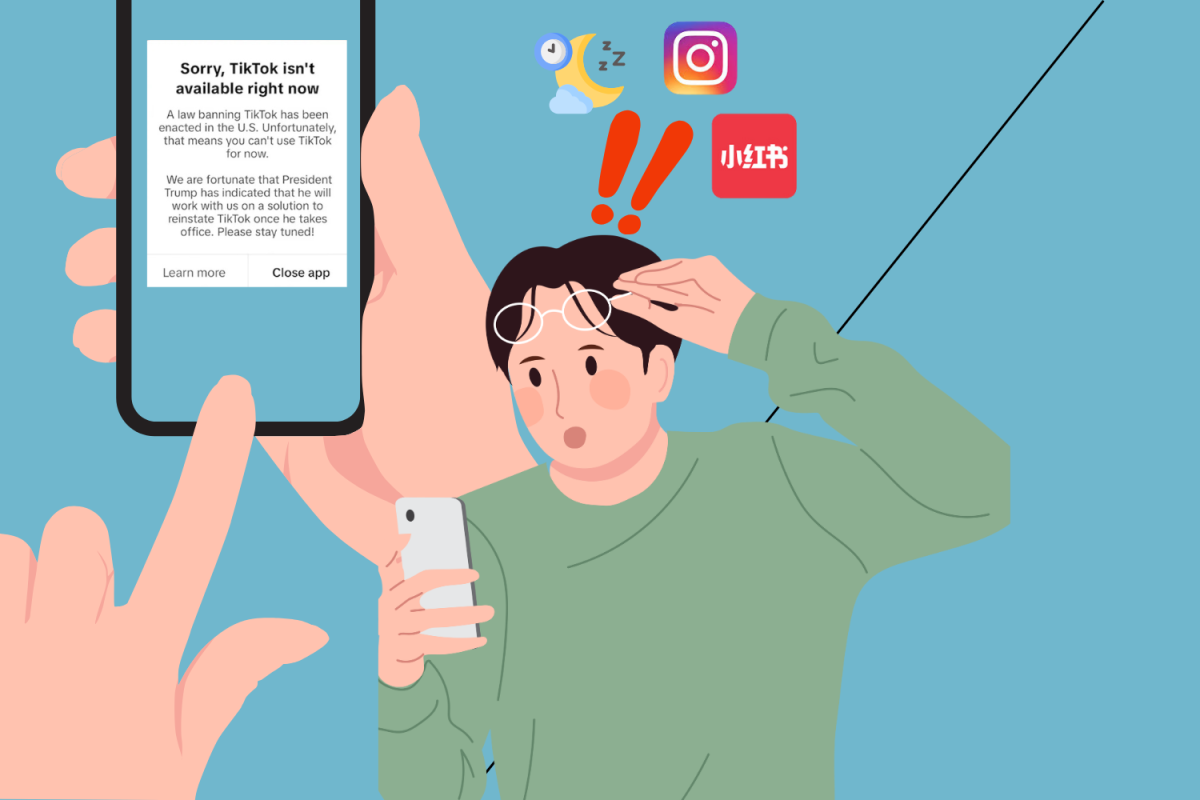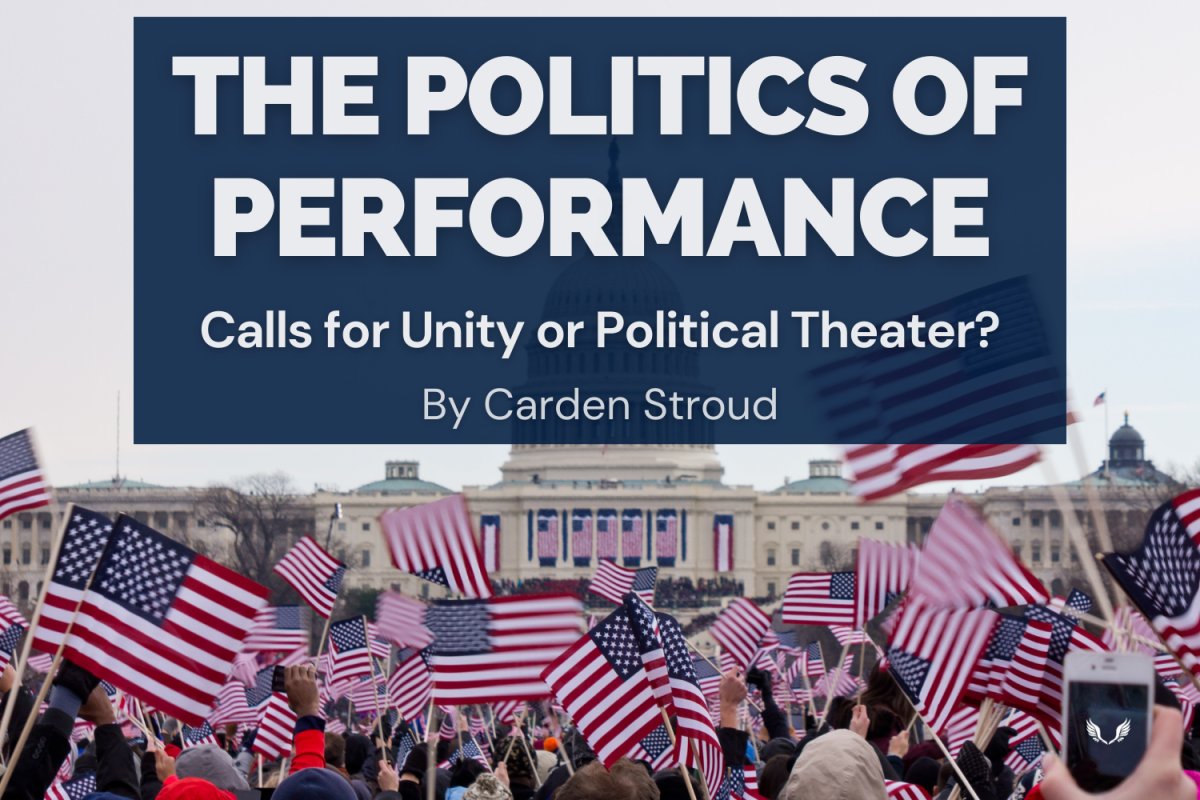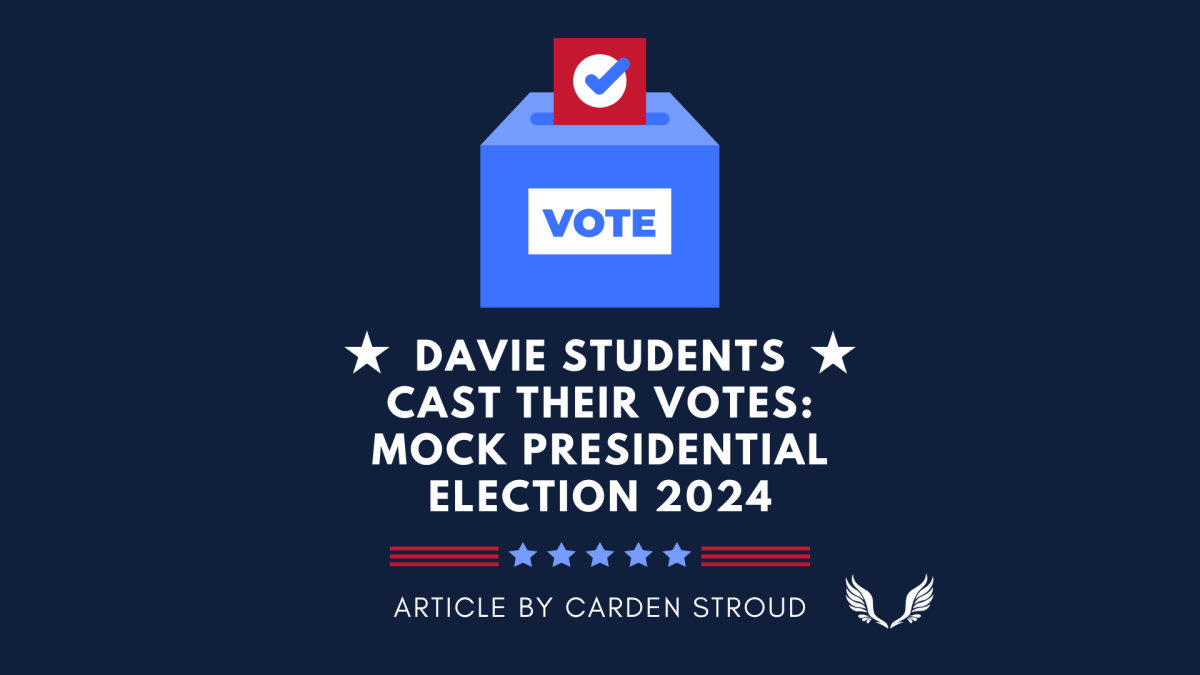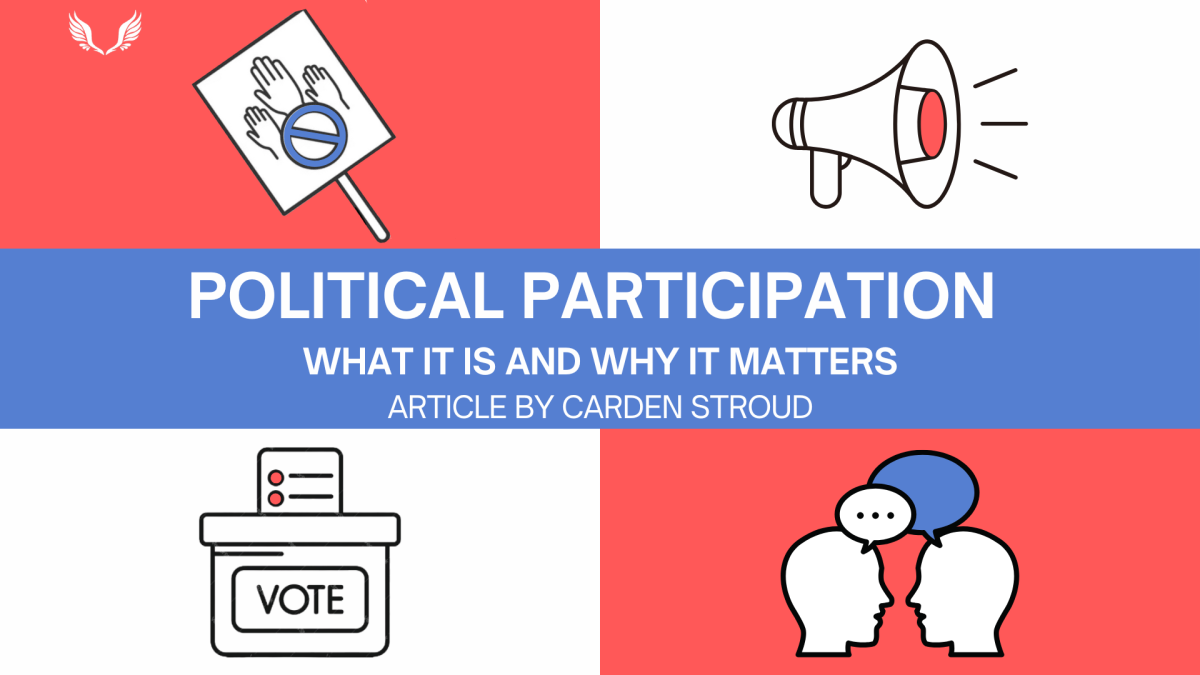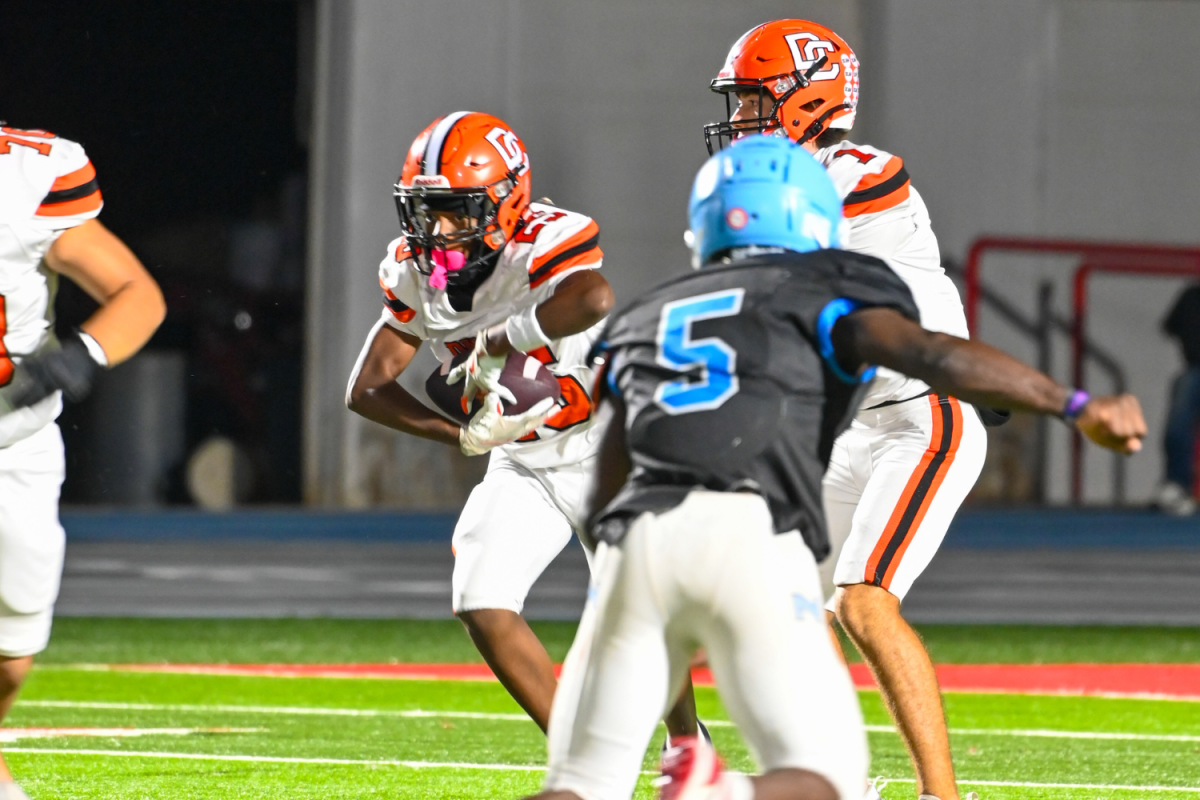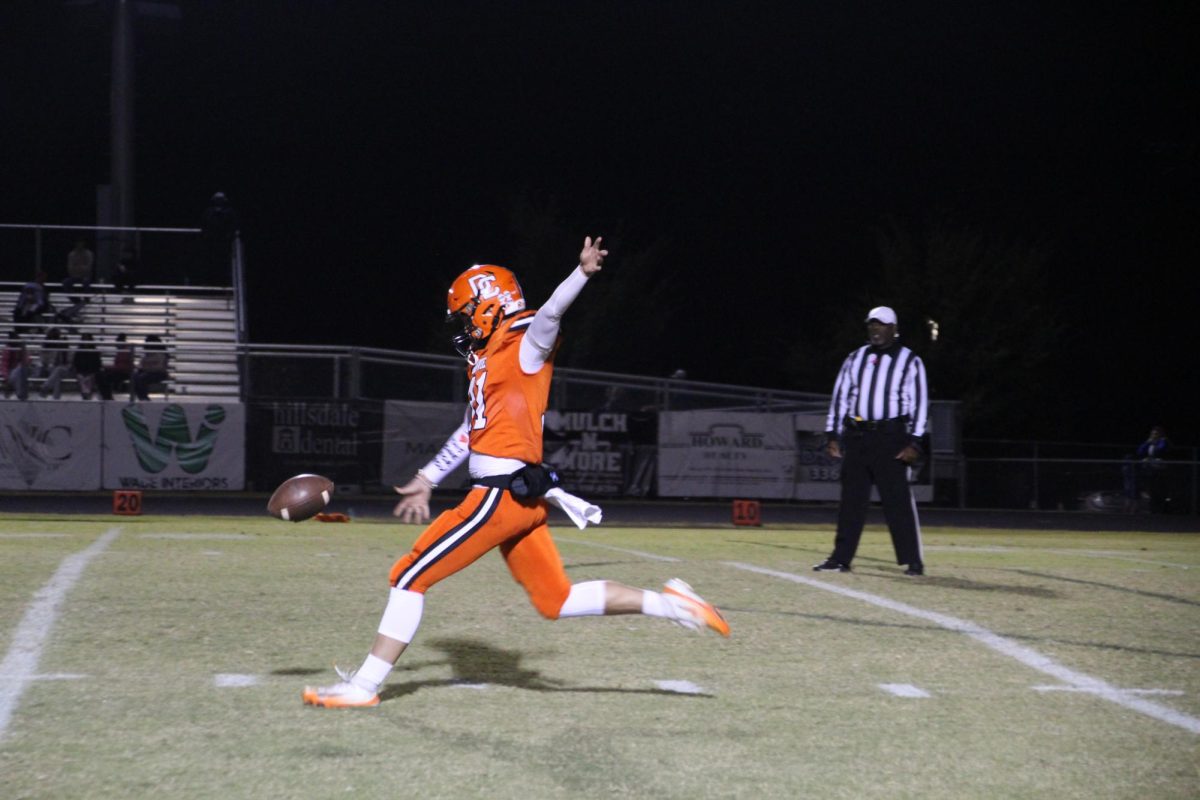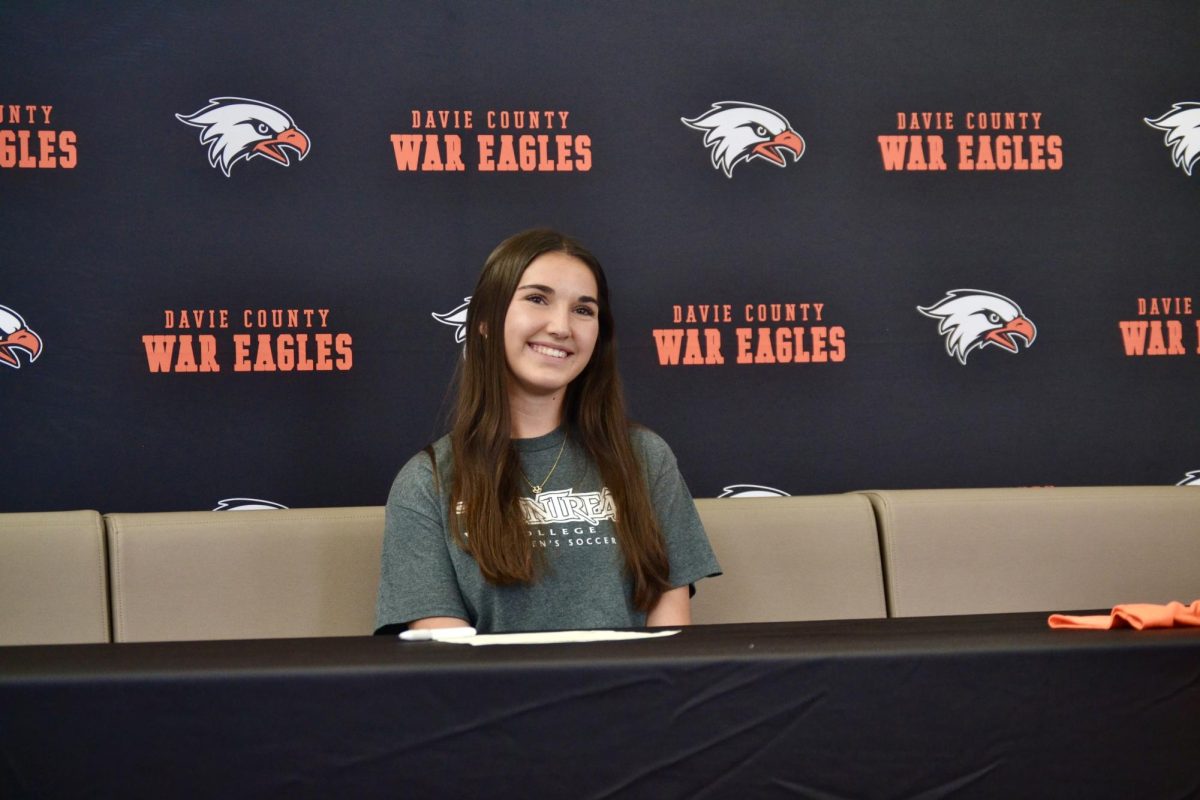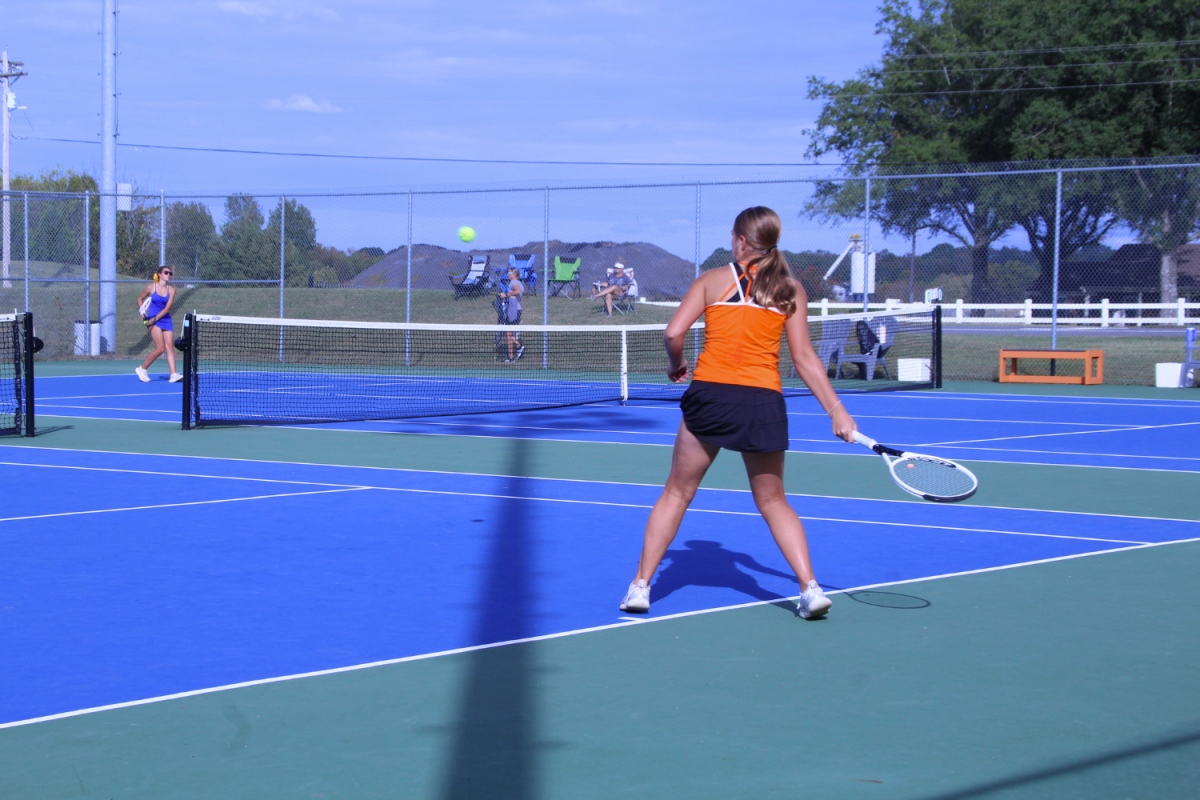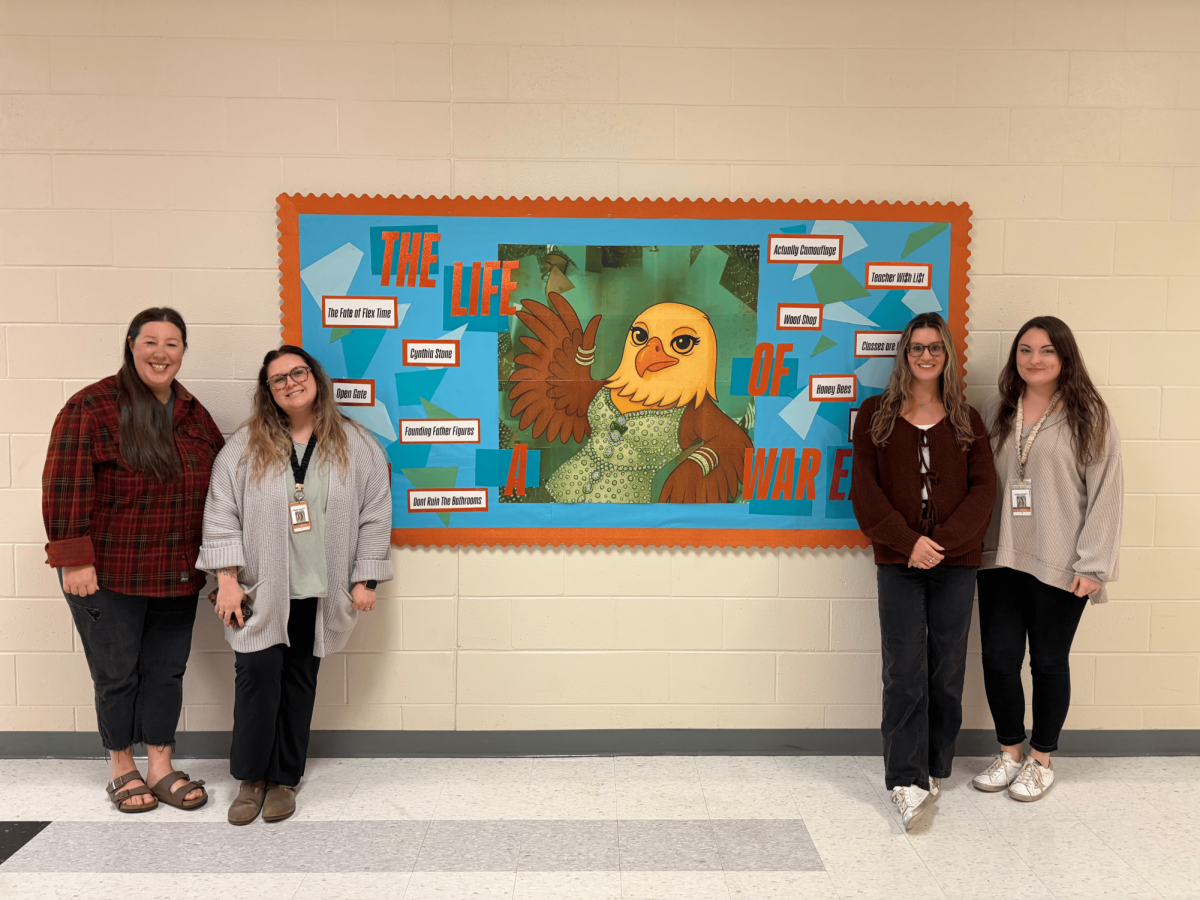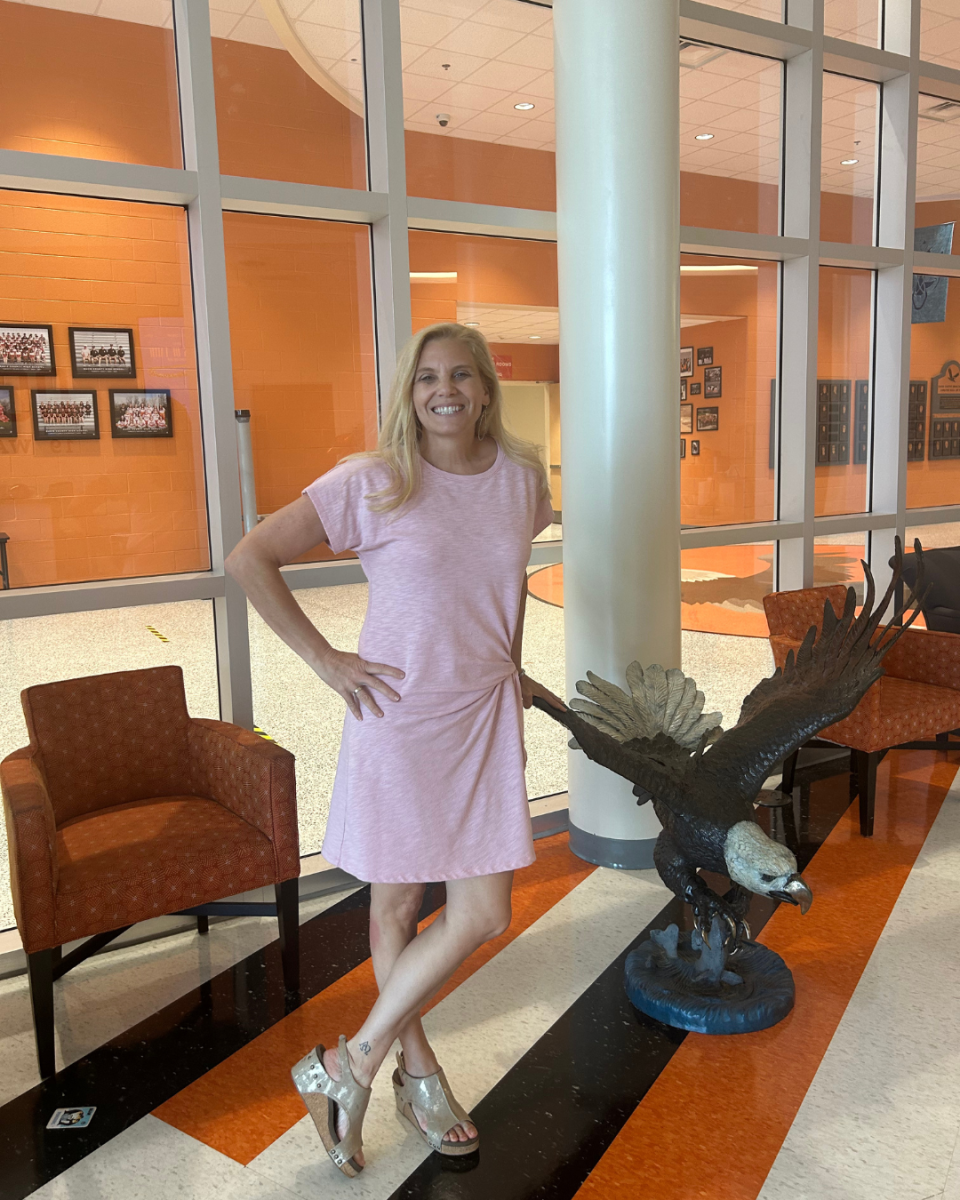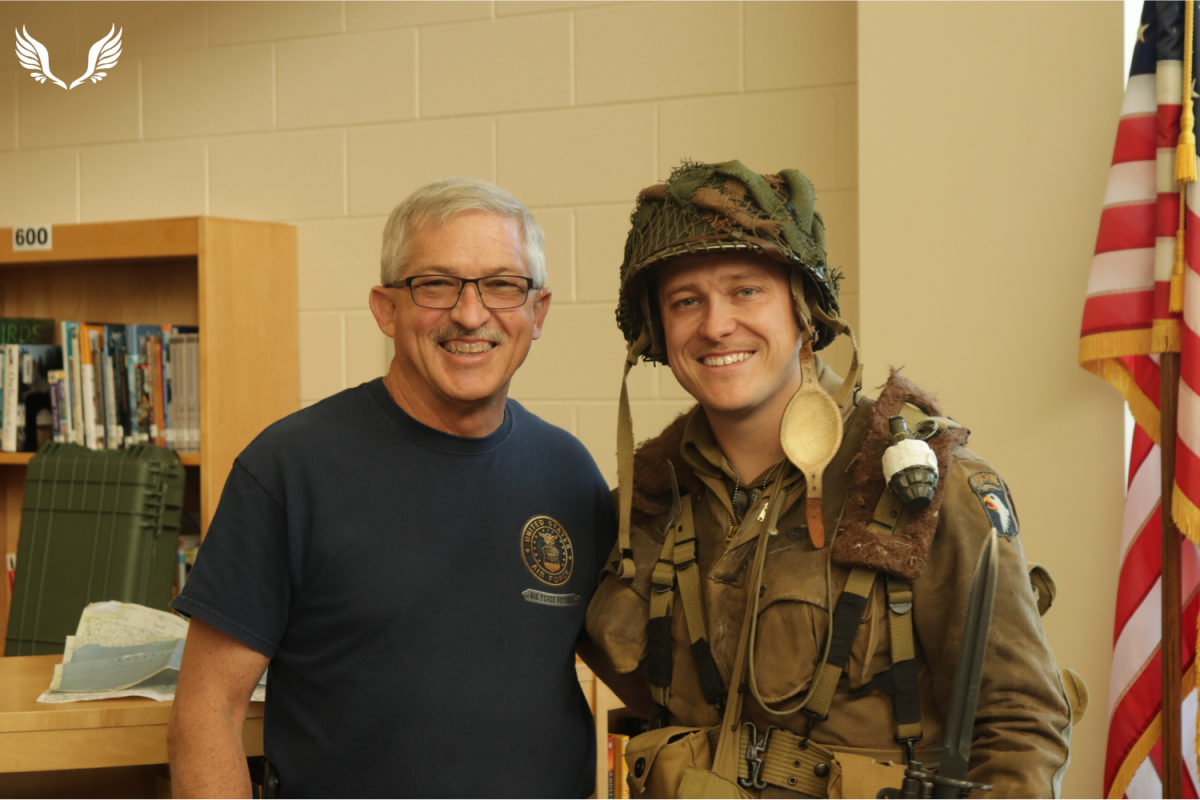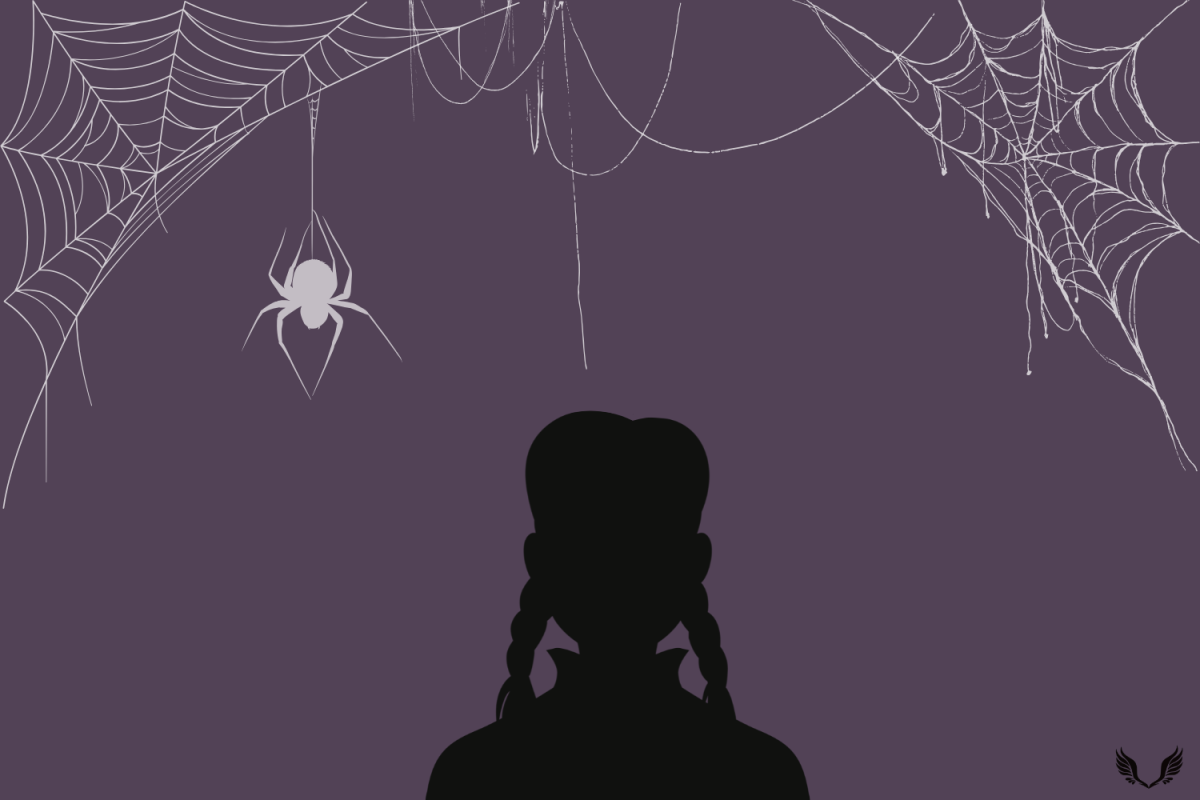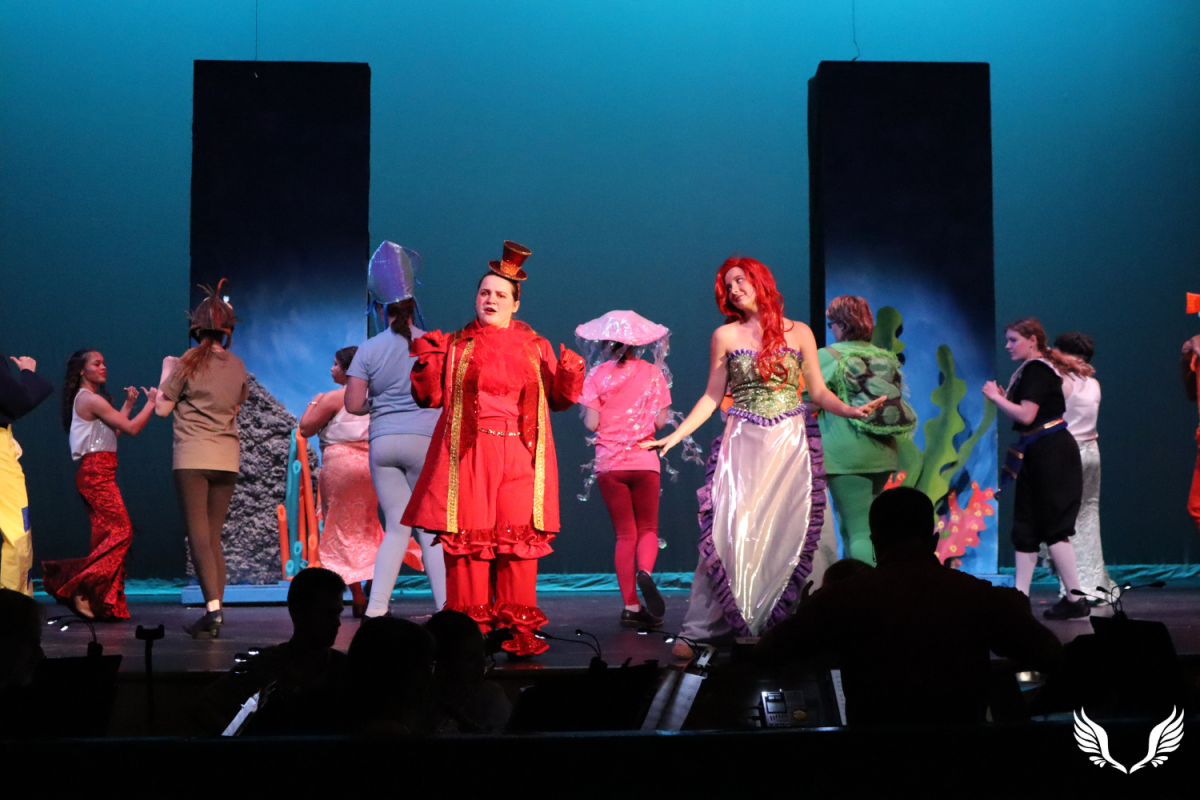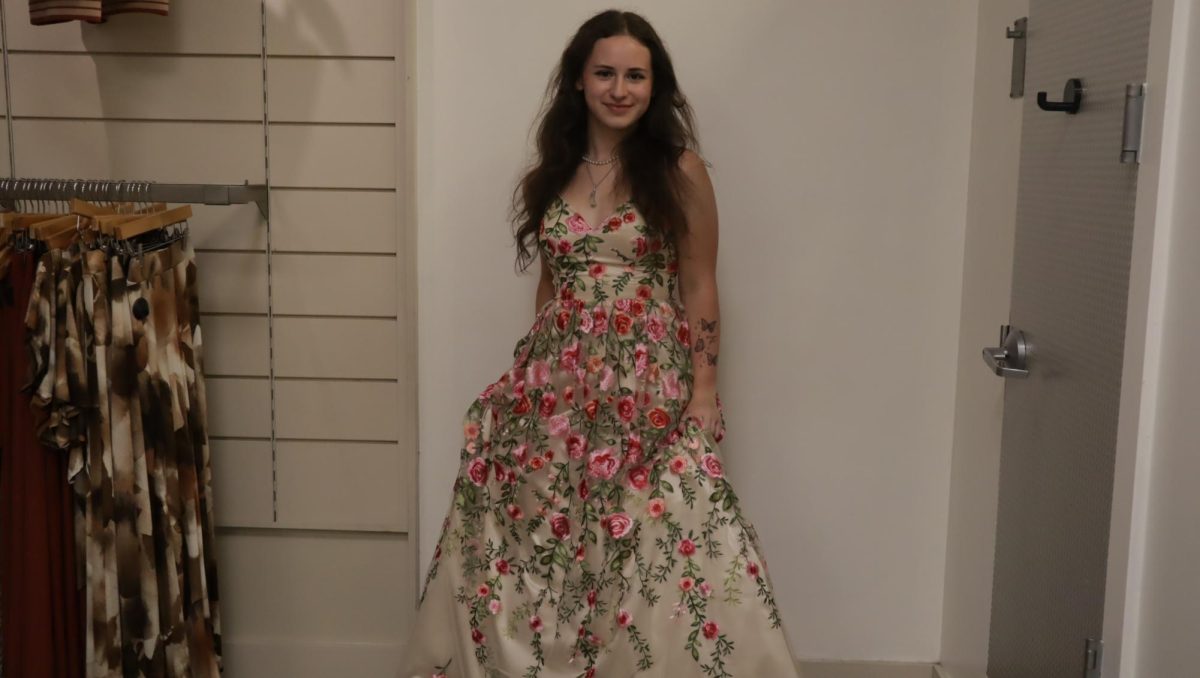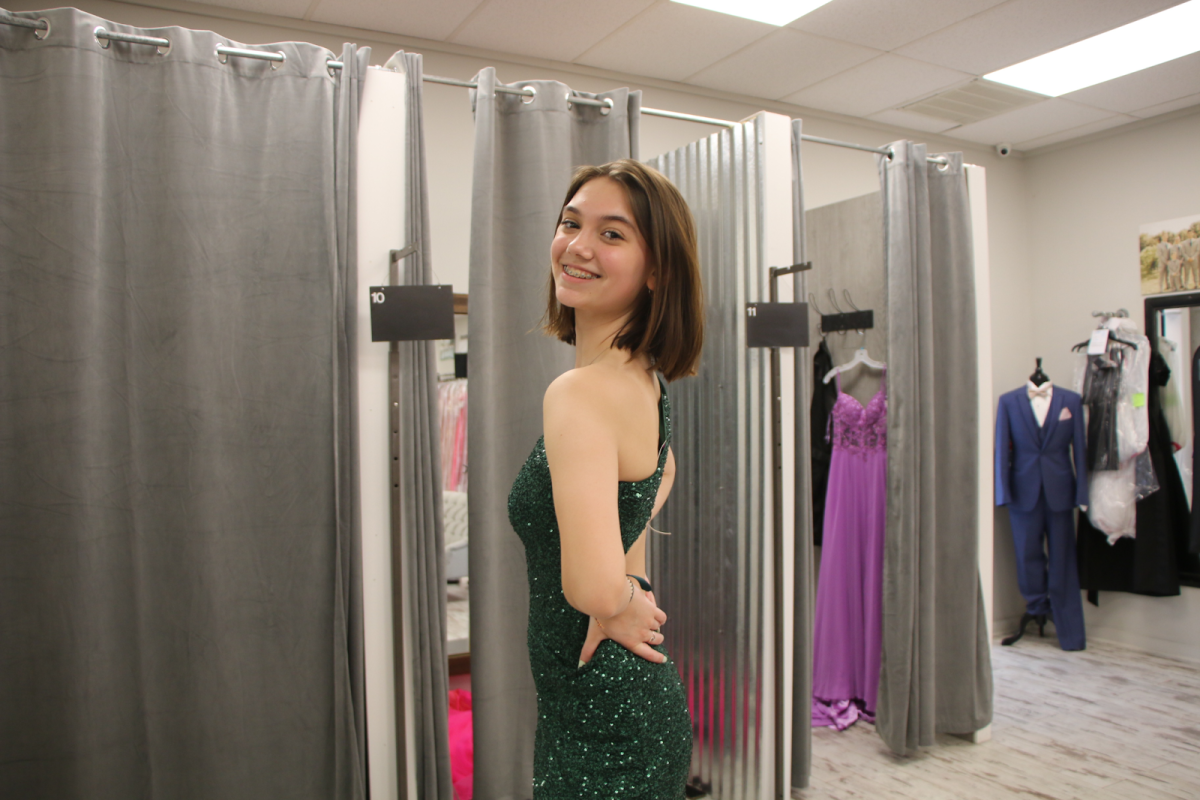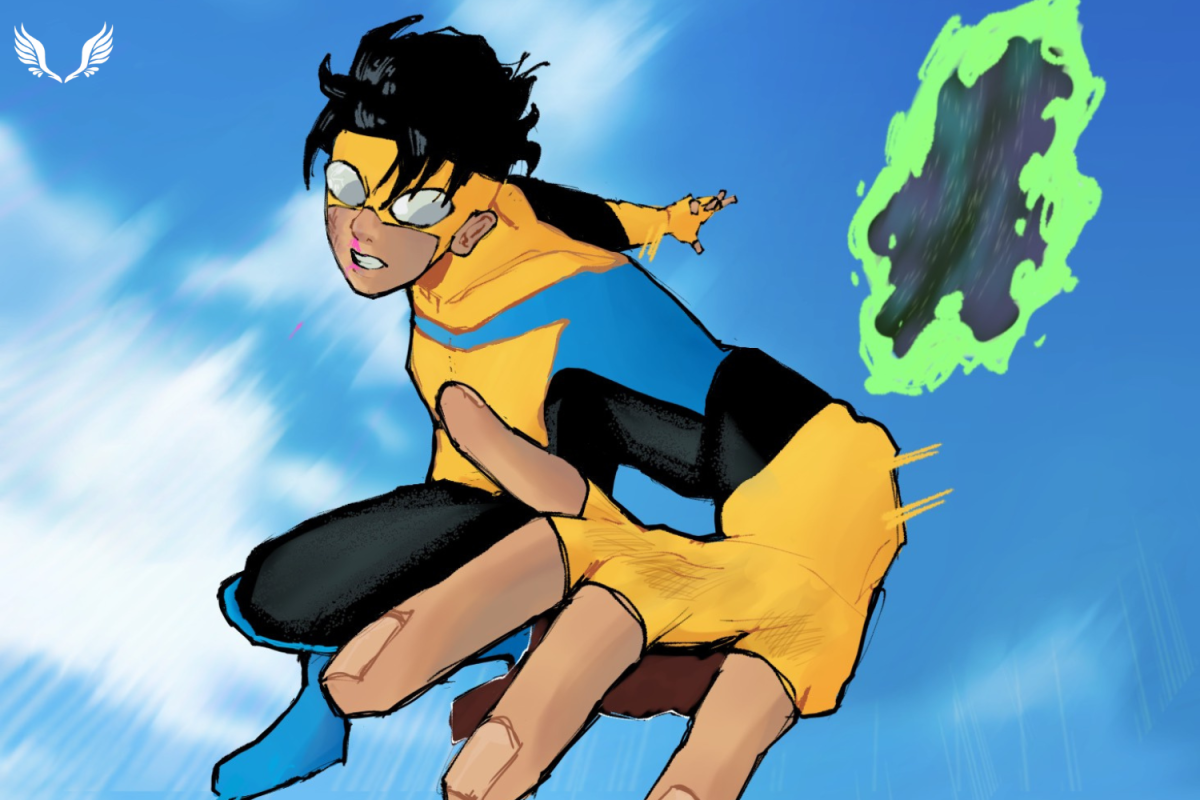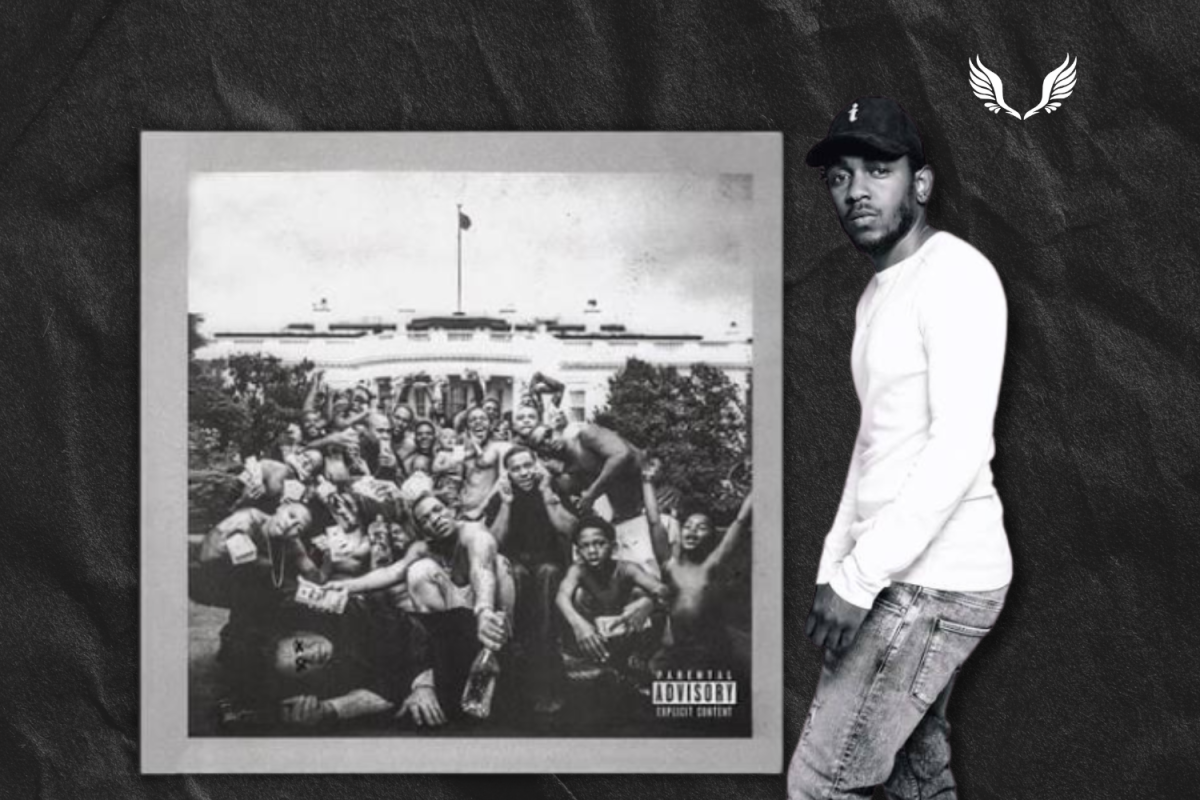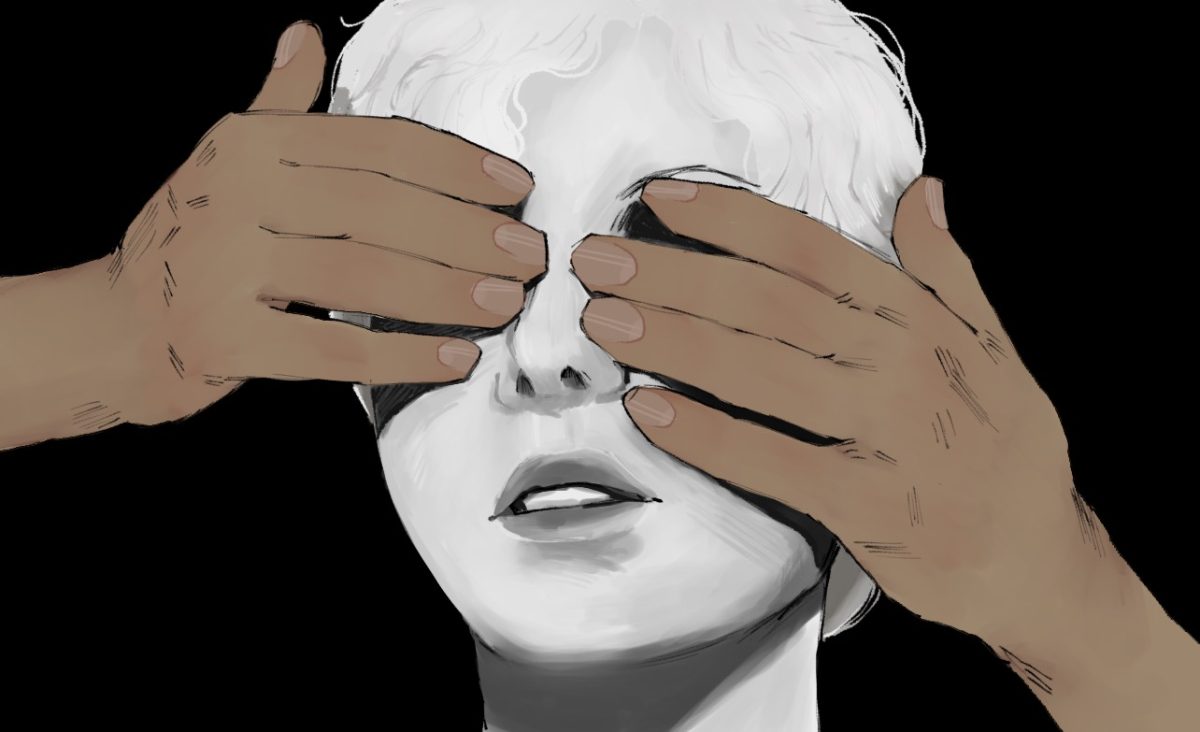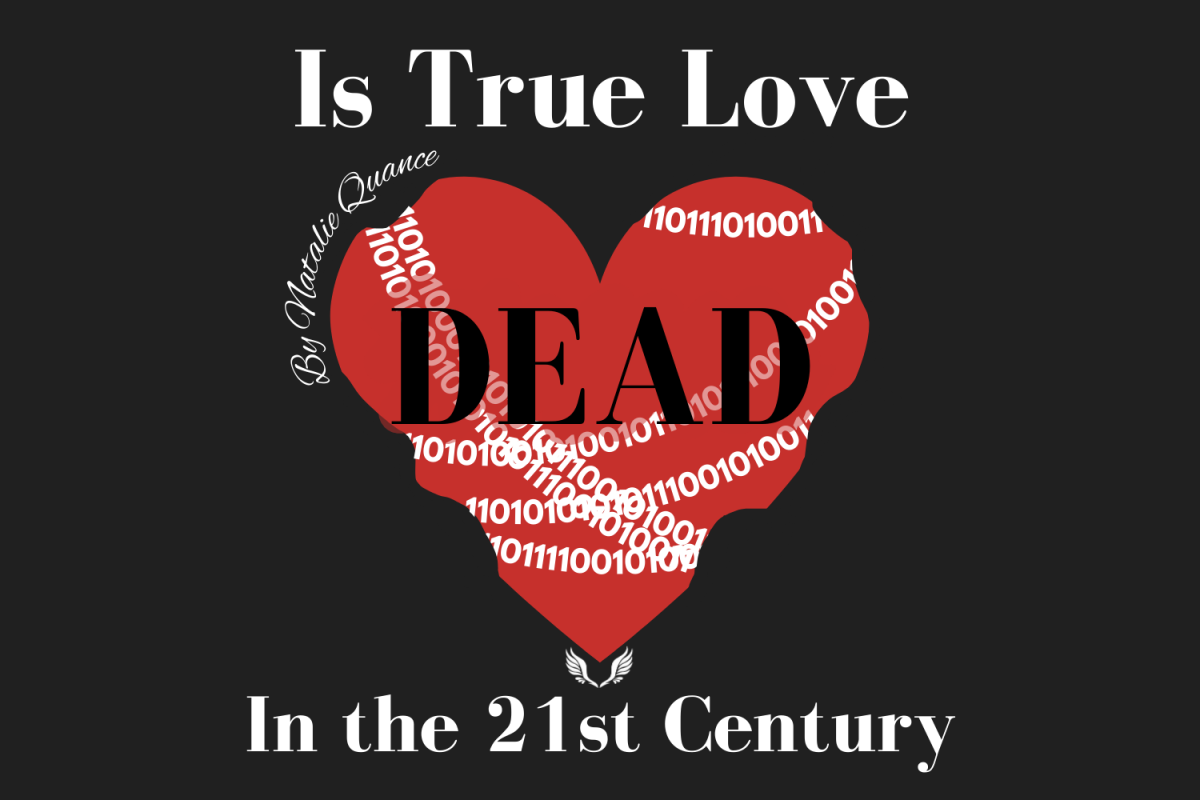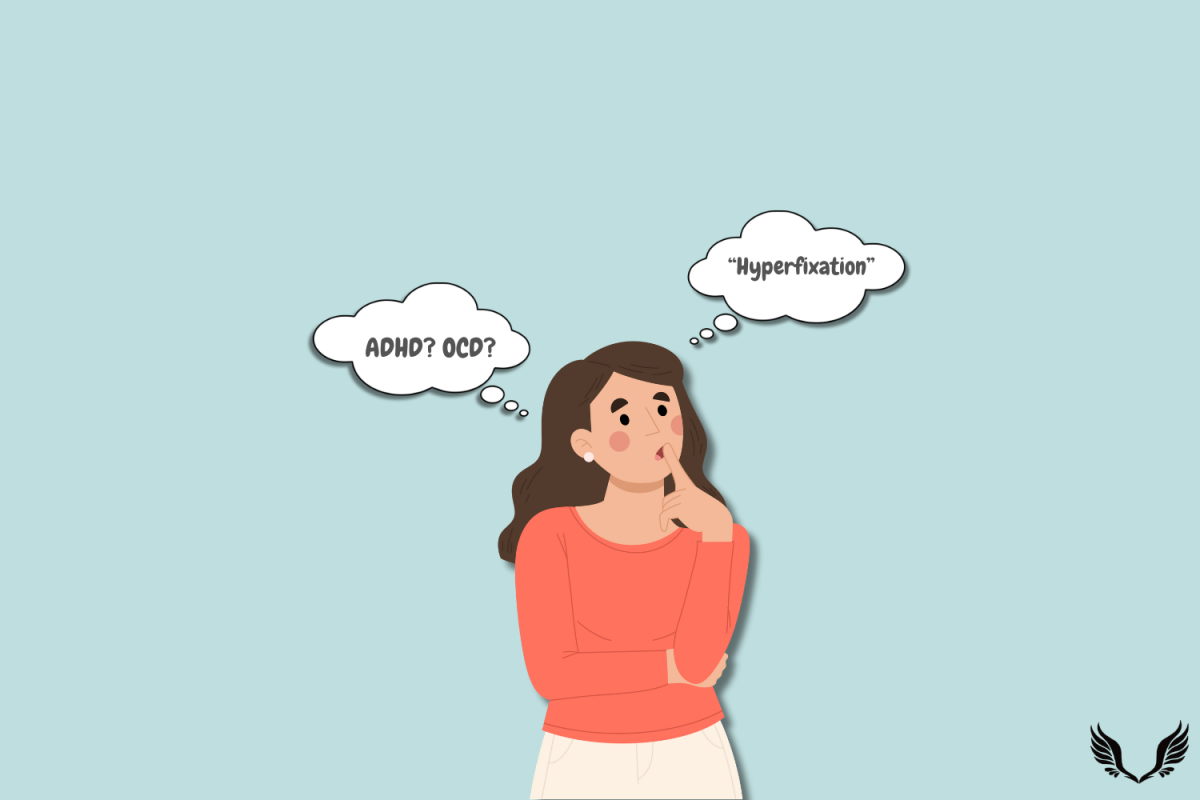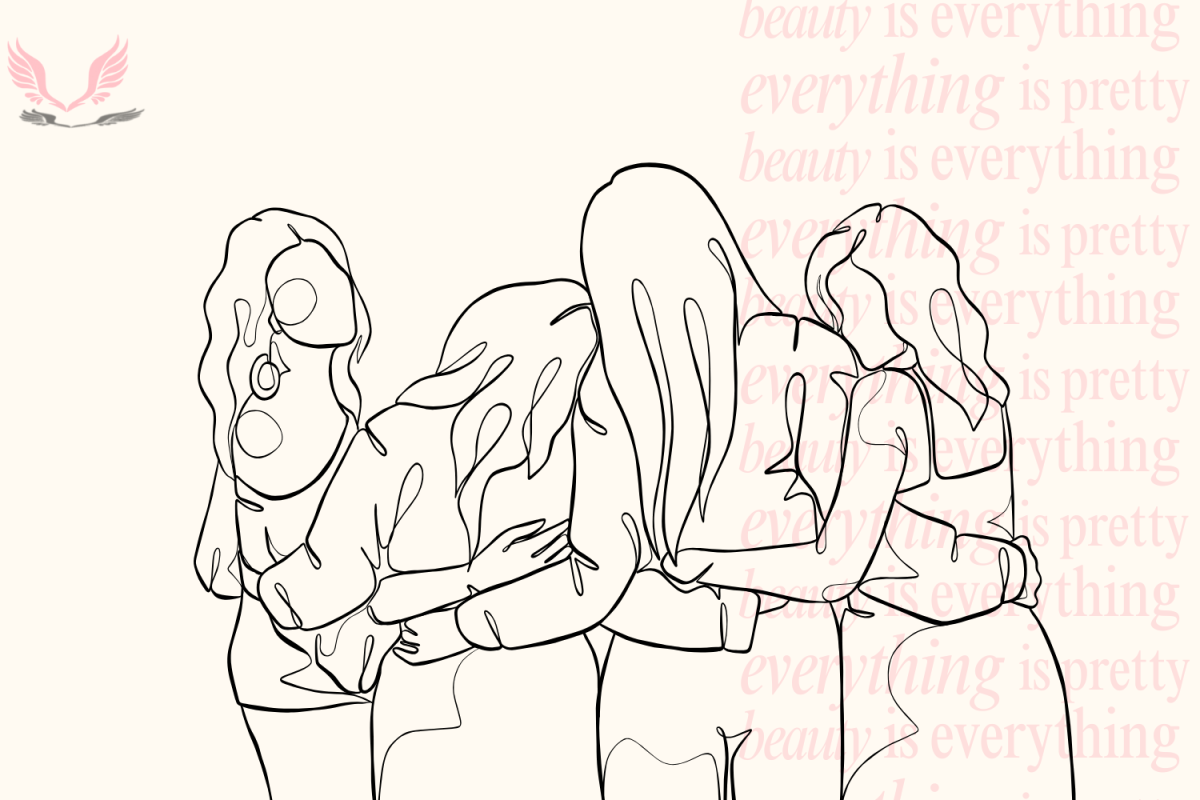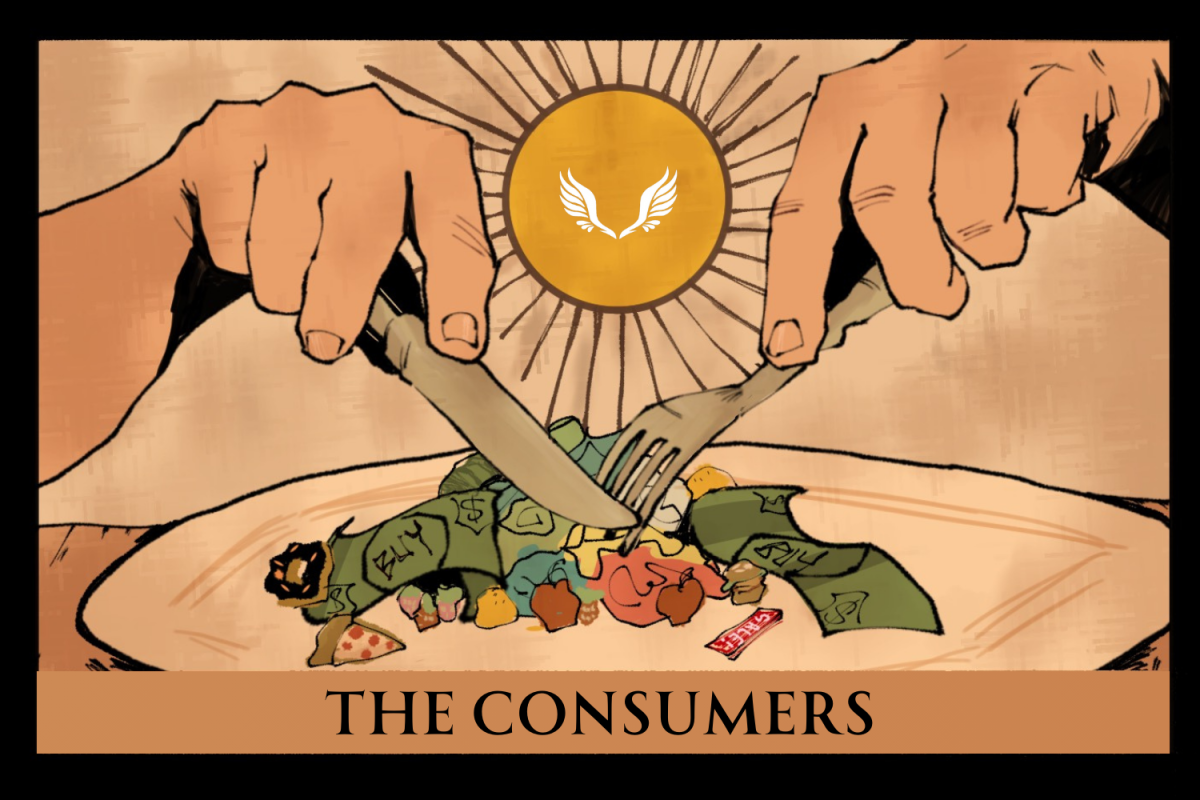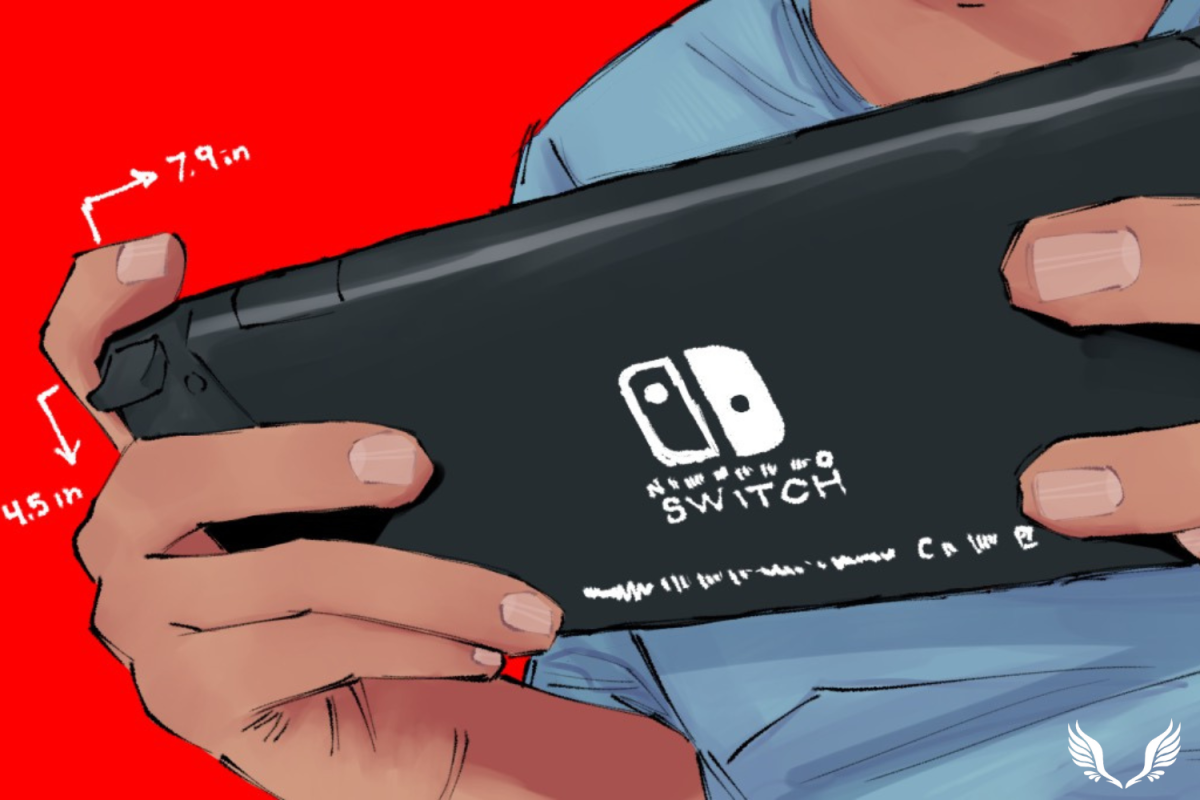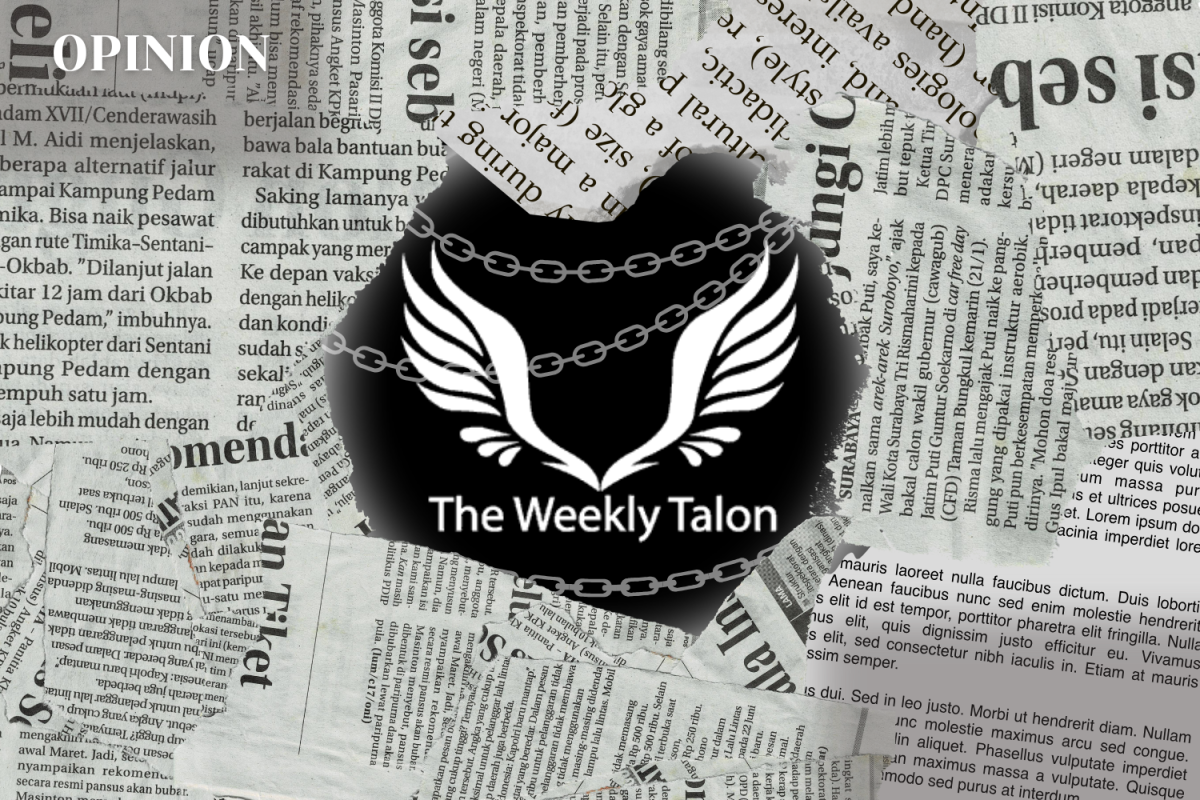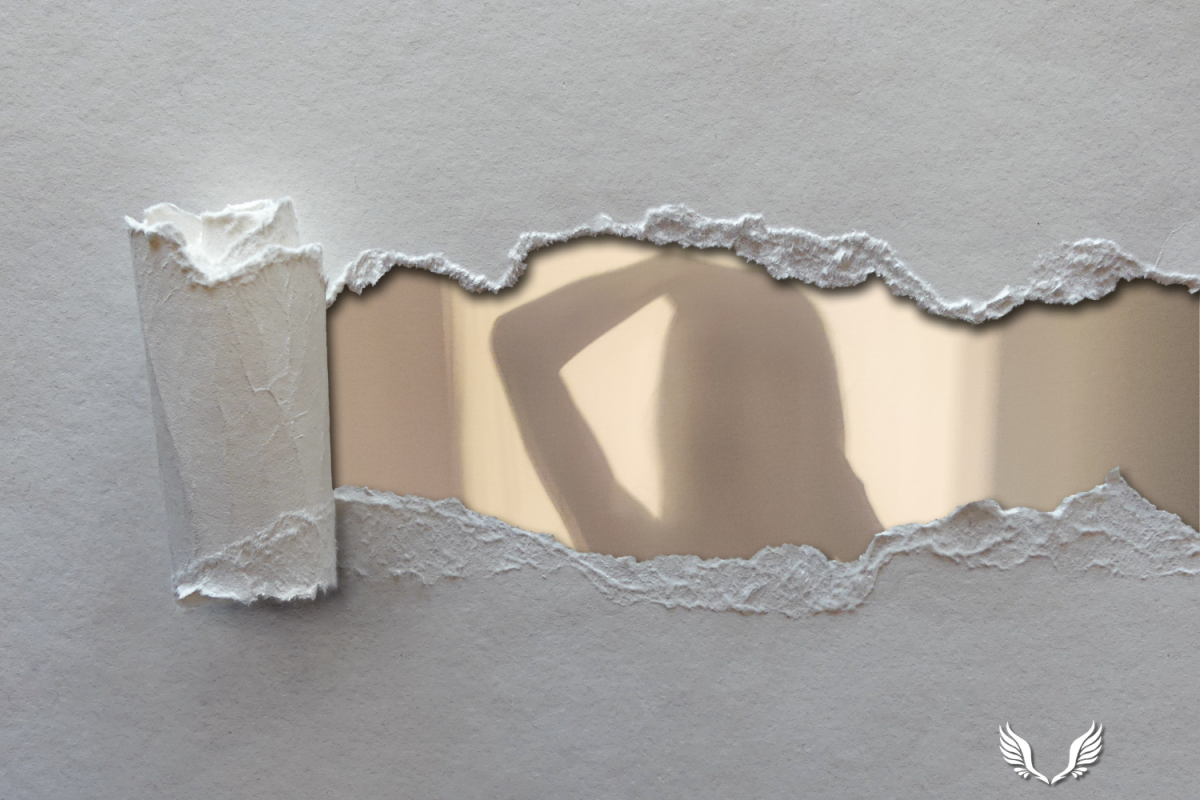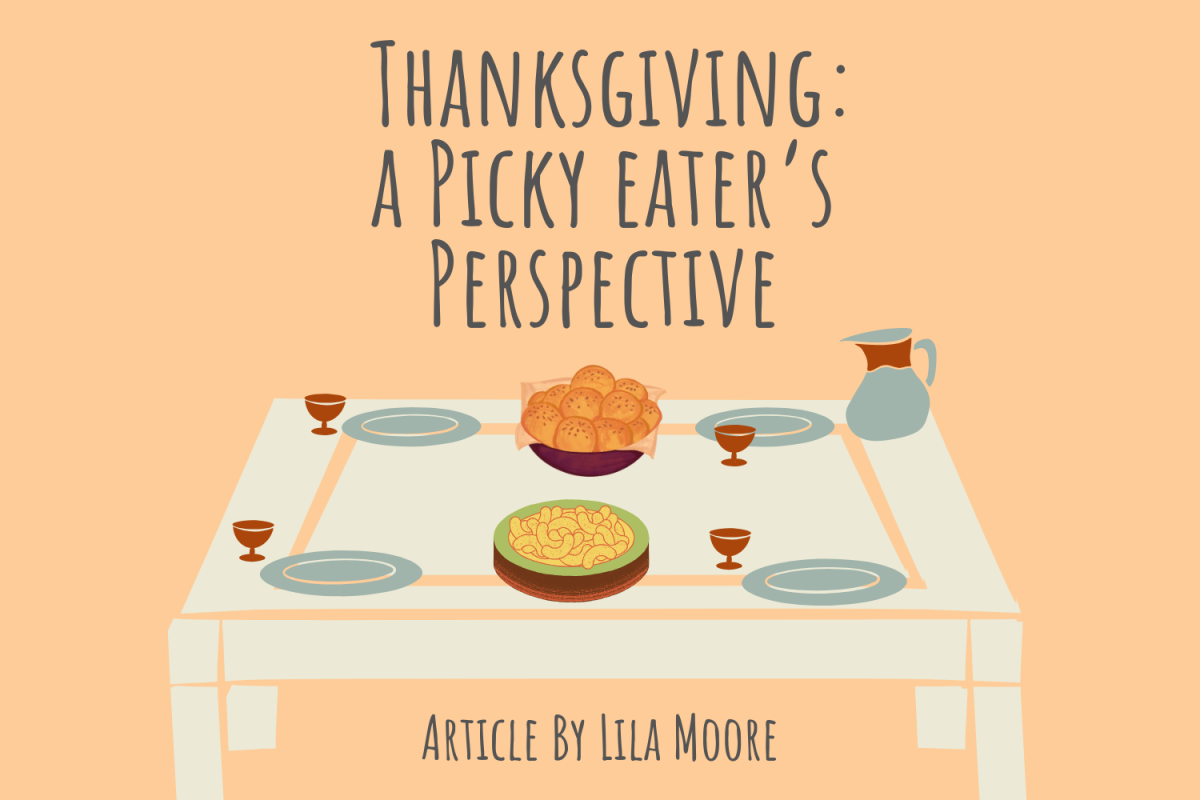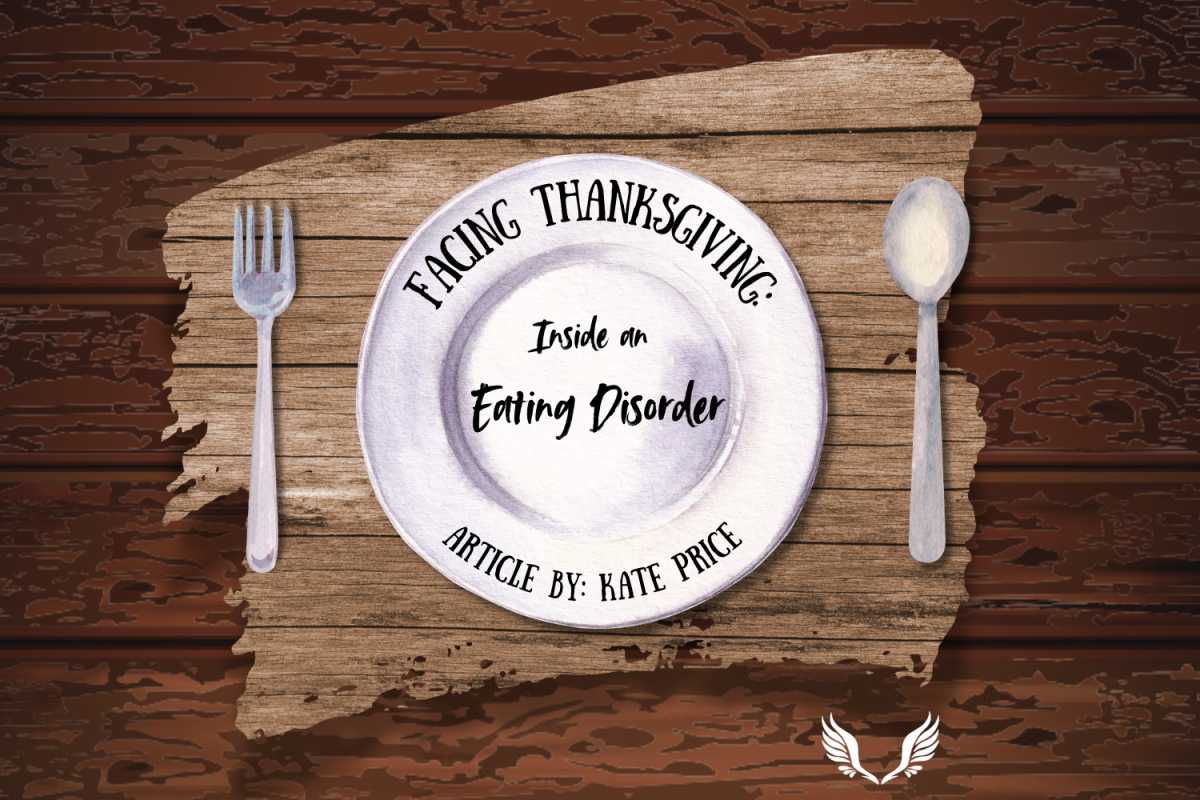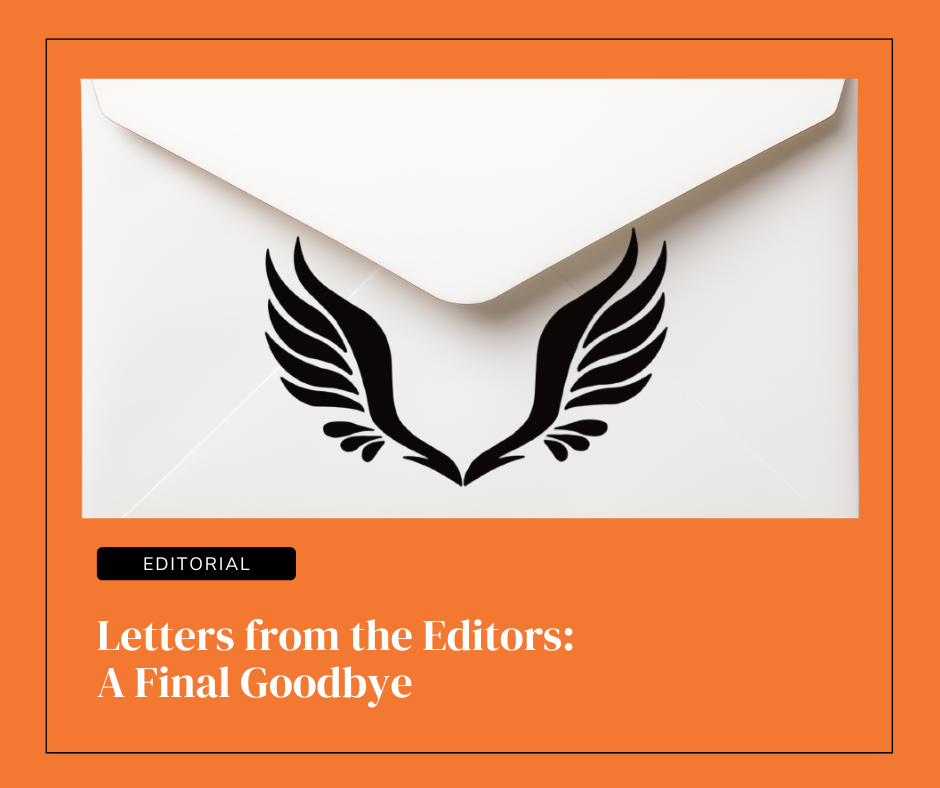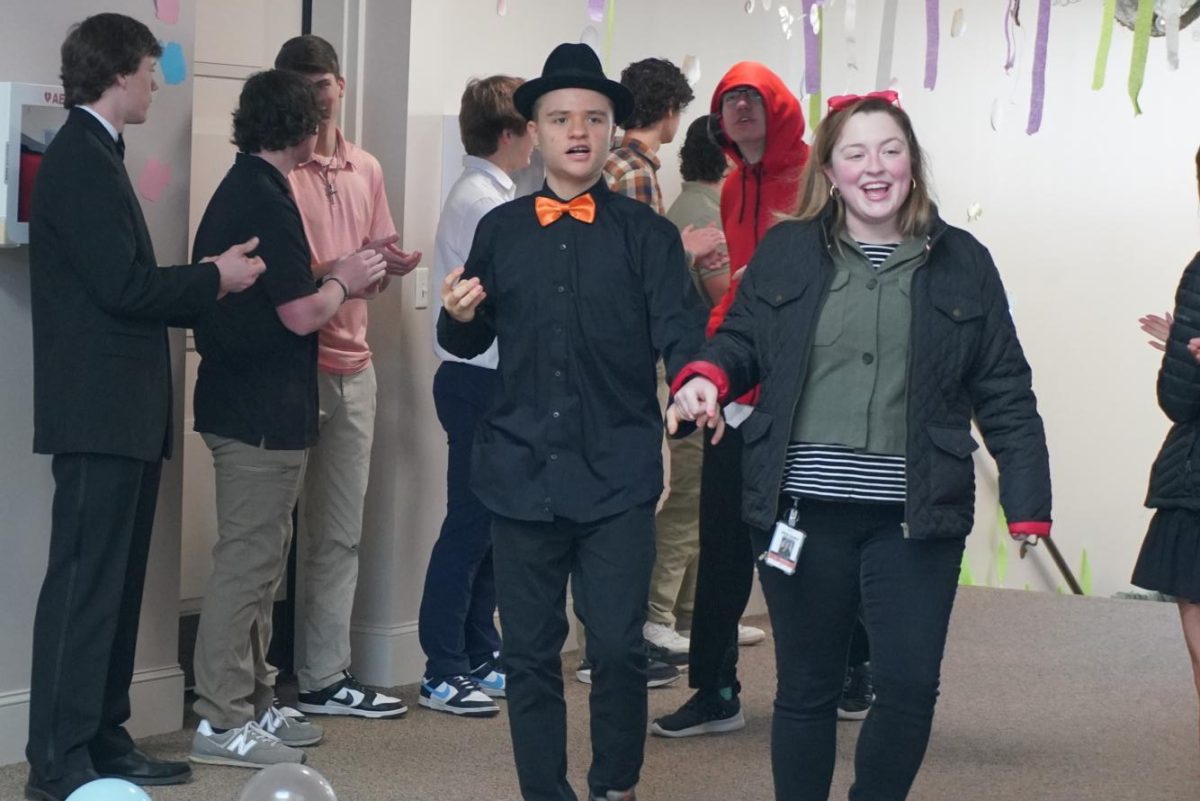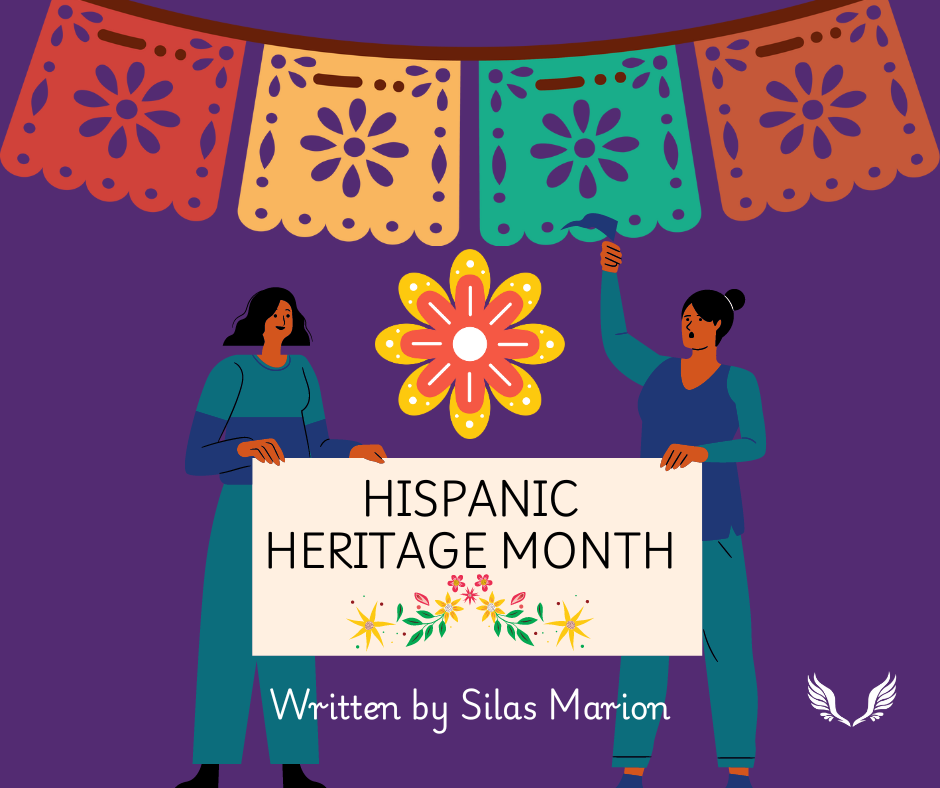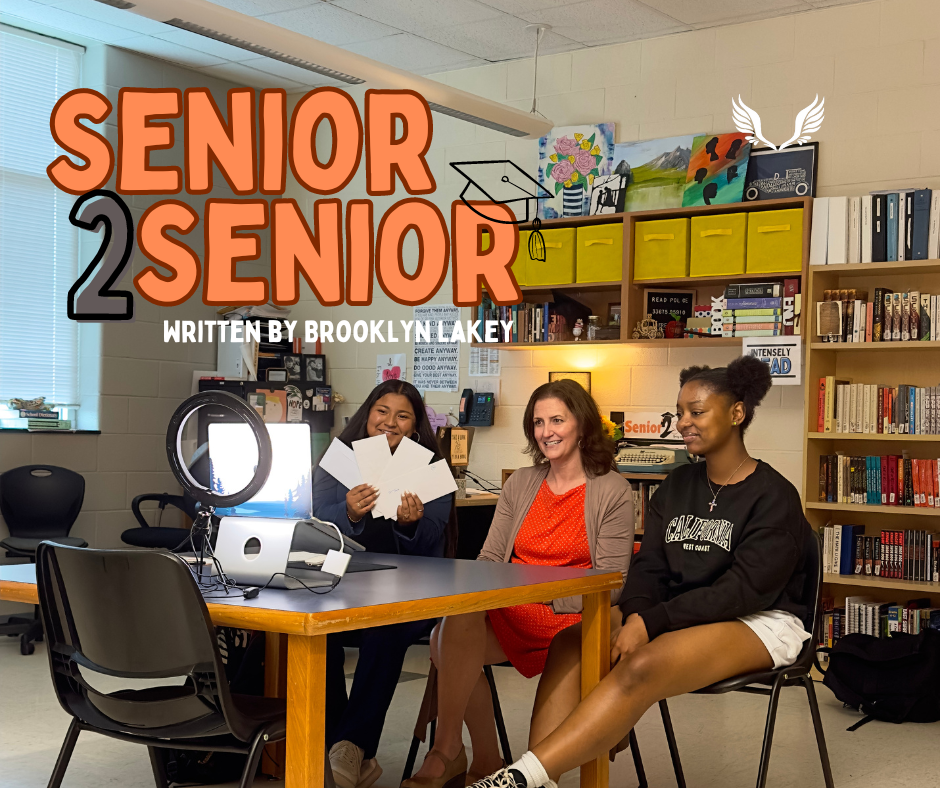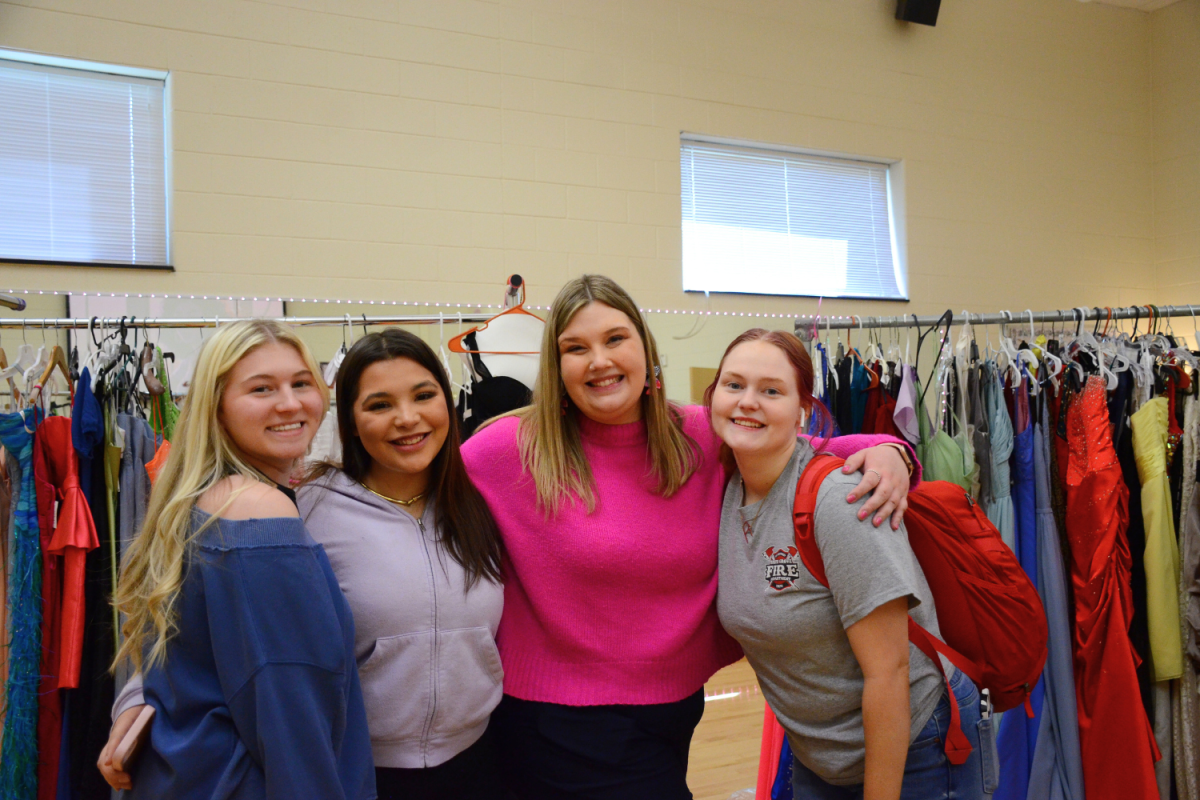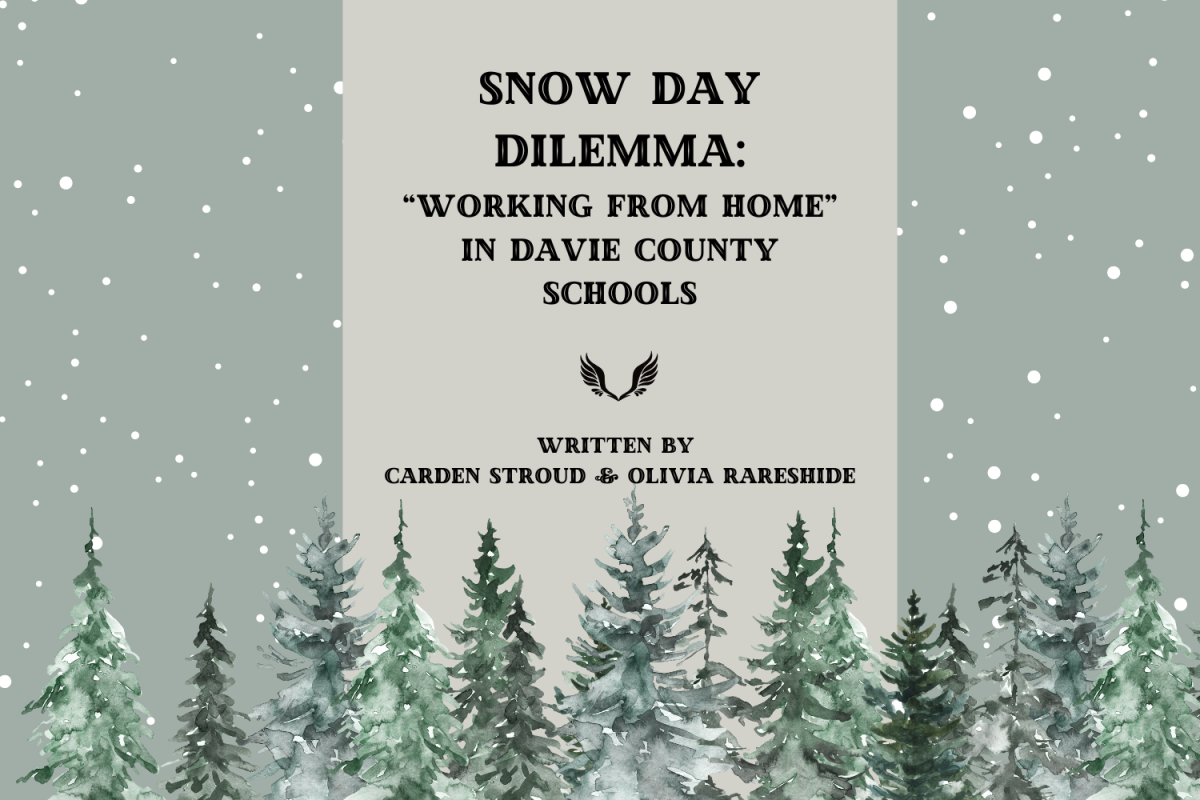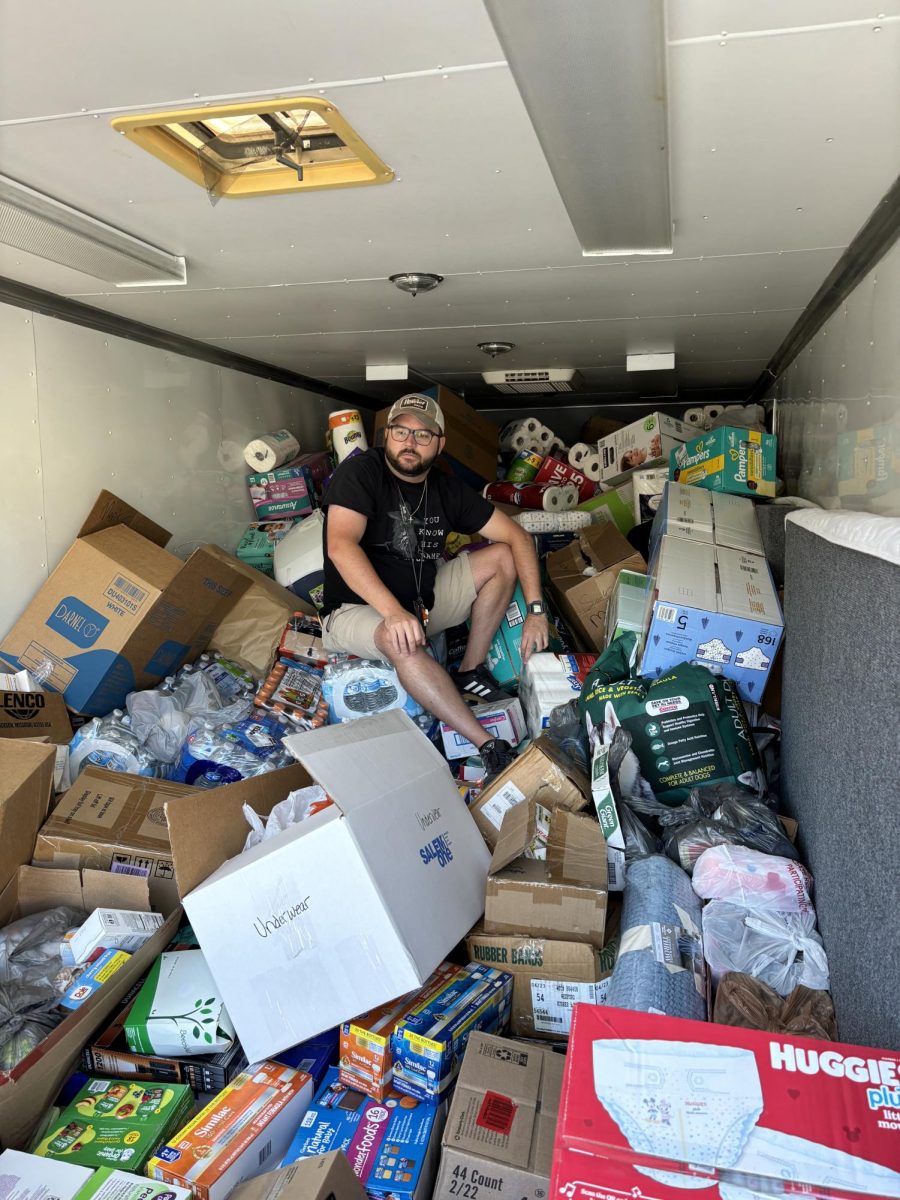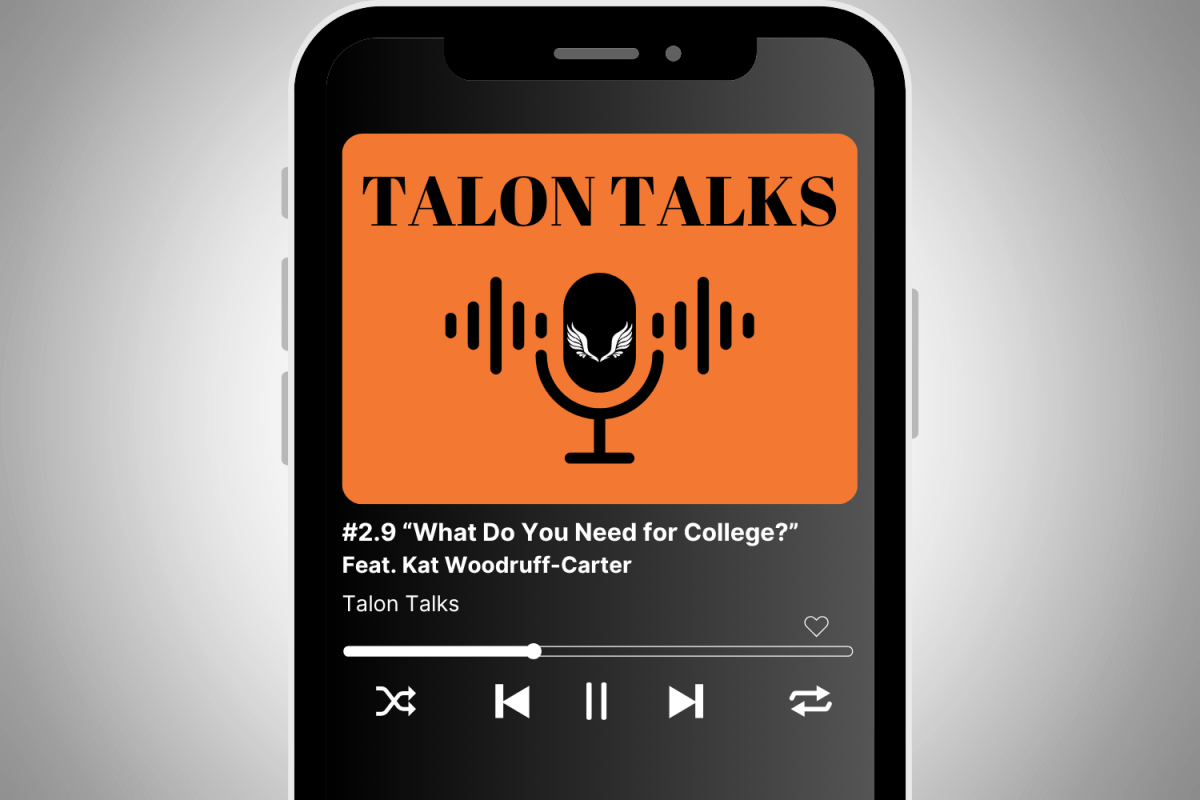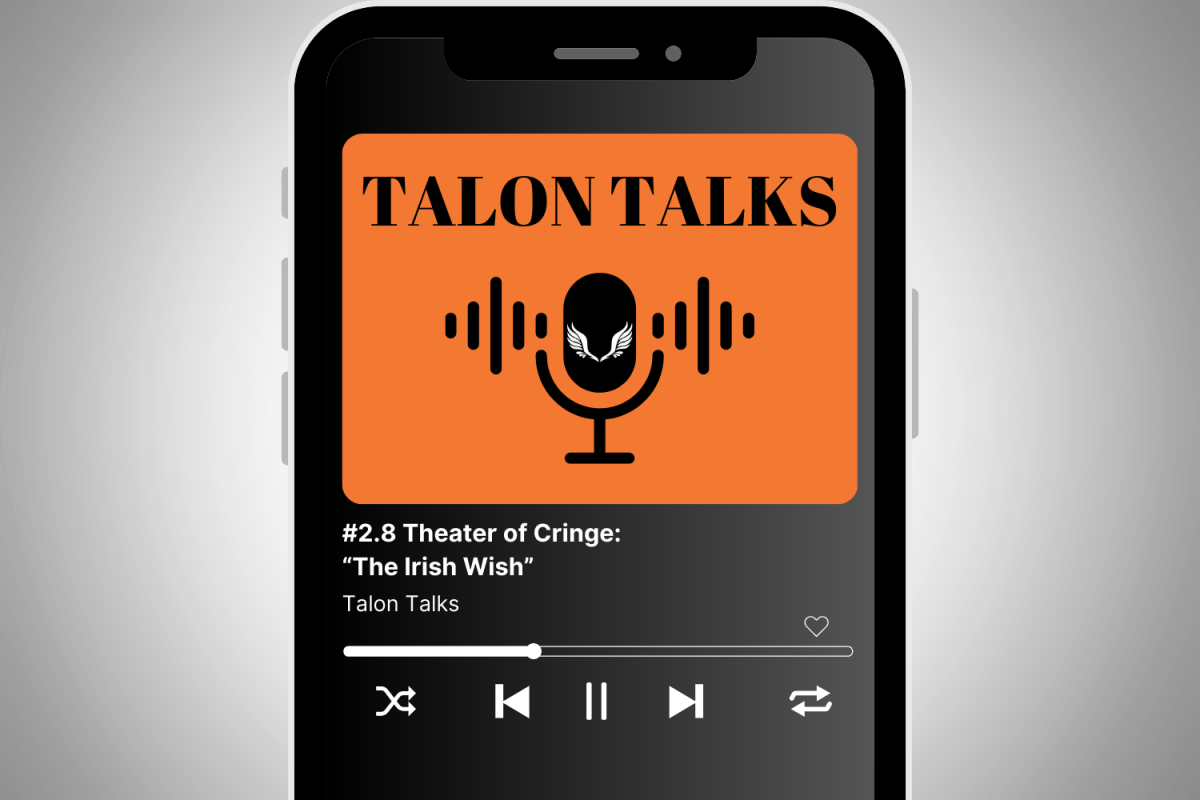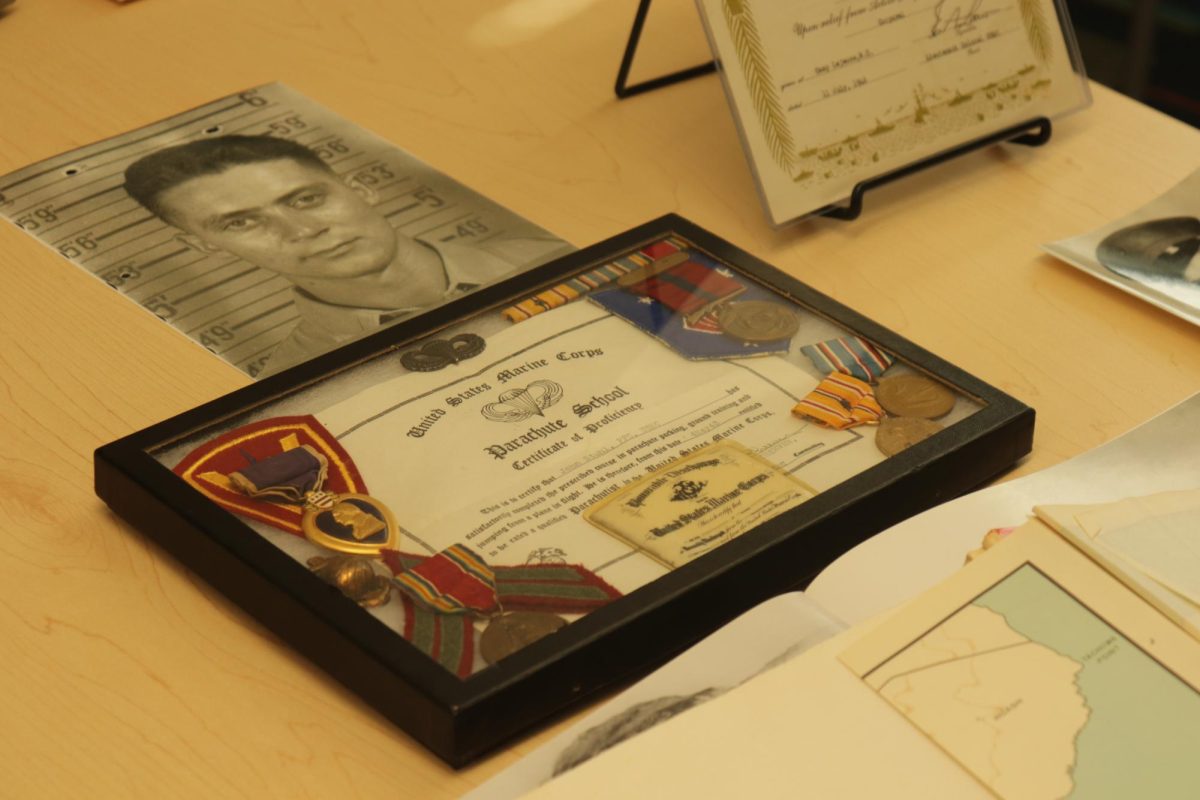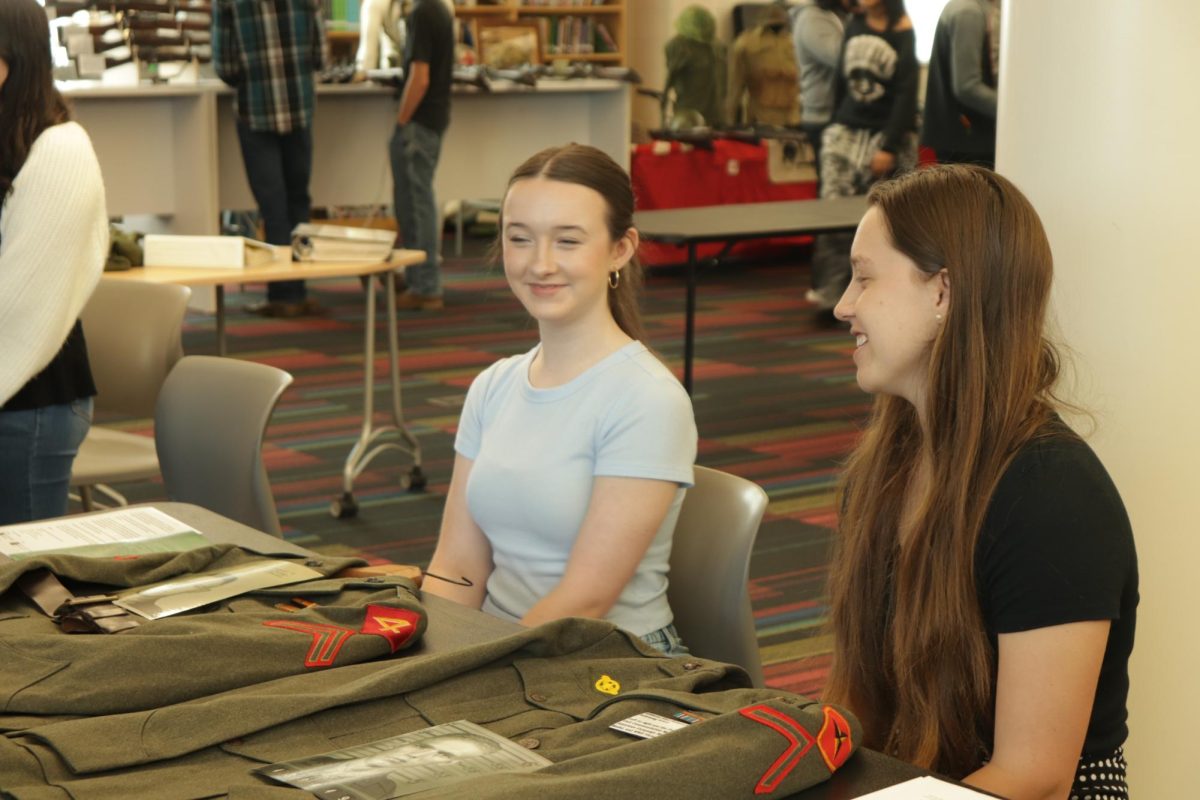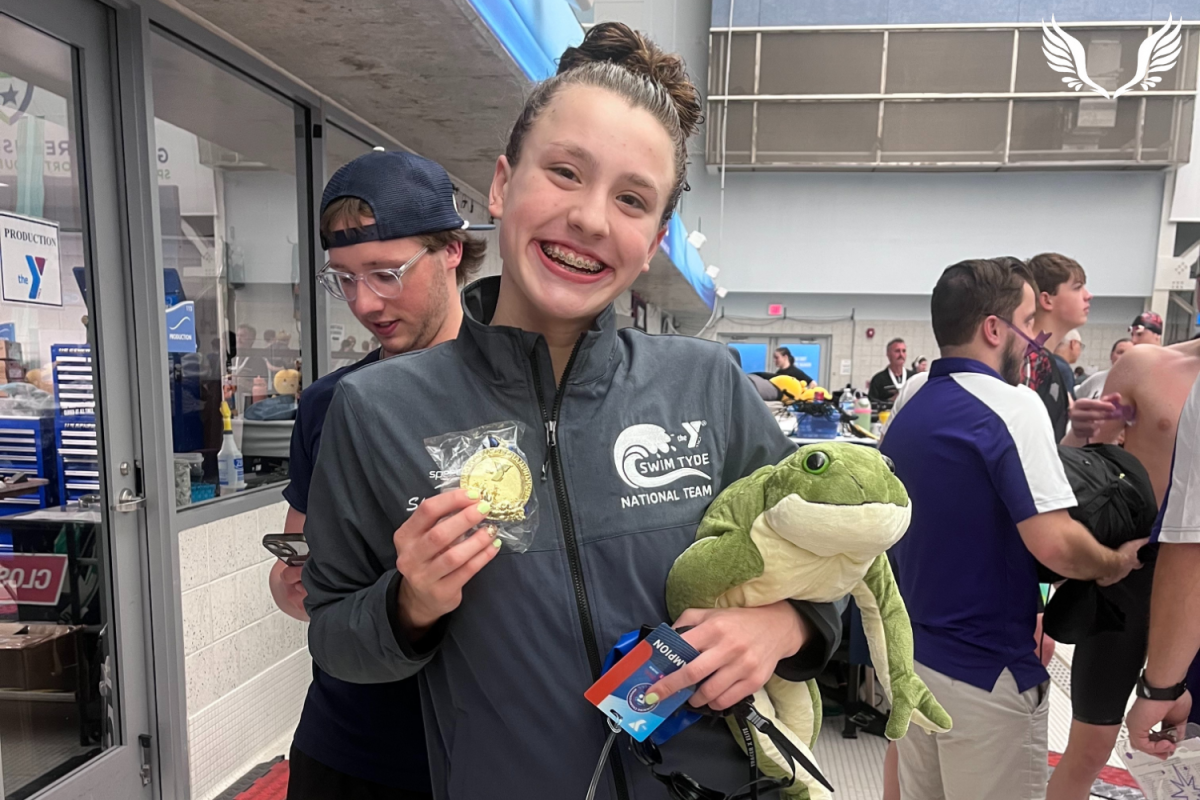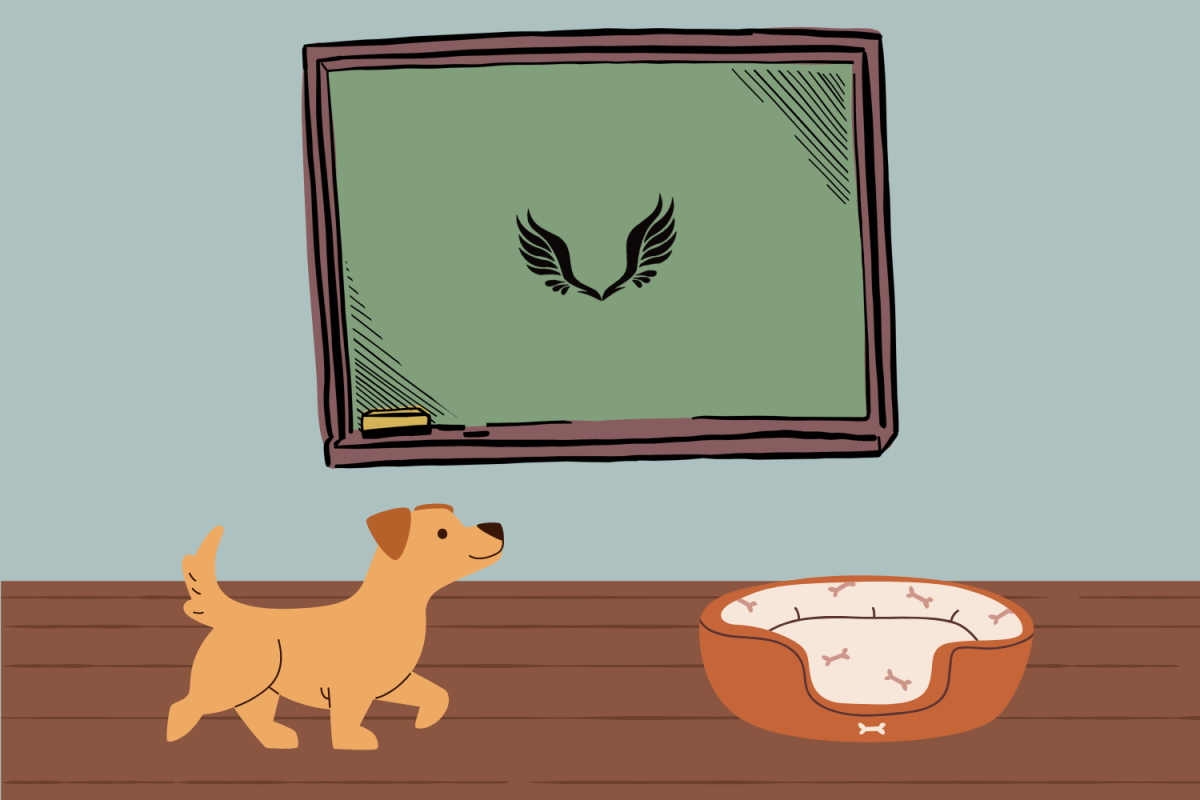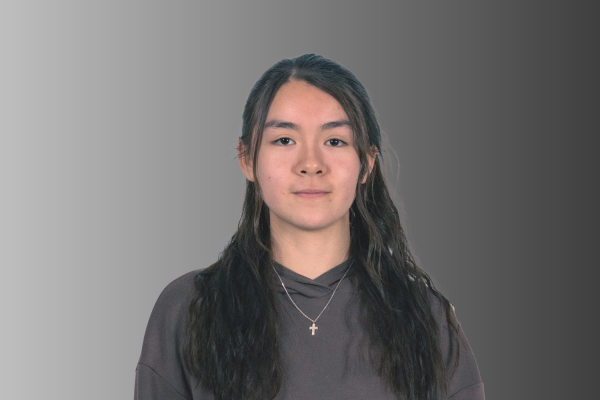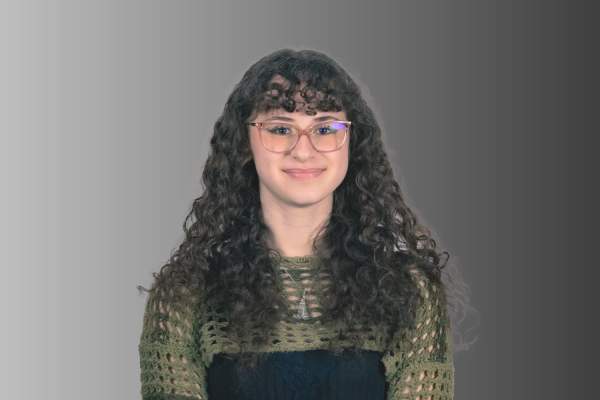As you step into the Davie County High School library, the usual scene of students studying is replaced by an atmosphere of reflection, reverence, and remembrance. Battle-worn uniforms, heartfelt letters, proud emblems of service, and other treasures of the past fill the room, transforming the space into a living museum. Veterans and student volunteers stand beside each display, sharing stories of sacrifice and service. At the center of it all stands history teacher Zach Wood, clad in full World War II paratrooper gear, presenting artifacts and conversing with students as they explore.
This striking scene is the result of Davie High’s Second Annual Military History Museum, held Friday, May 23, just before Memorial Day. The museum was a collaborative effort between history teachers Zach Wood and Corbin Kopetzky. Their mission? To bring history to life for the students of Davie High.
Second Time’s the Charm
Preparing for such an expansive event was no small feat. Last year, Wood, Kopetzky, and science teacher Colin Ferebee stayed overnight at the school to finish the setup and guard the valuable artifacts.
“We were up till about 2 am setting up a year ago,” Kopetzky recalled. “But we also learned that being up till 2 am and then having to put this on the next day was not the most fun because we’re exhausted. The setting up this year was a lot easier.”
With three days booked in the Learning Commons, the team had ample time to prepare, organize, and plan out the space.
“It was a lot more organized on where to put certain things so we could keep clutter down,” he explained. “I like doing the setup and watching it all come together. I did an internship at a museum when I was in college, and just to see what goes into that, setting up exhibits and being able to bring that knowledge here was really cool for the setup process.”
Treasures from the Past
Aside from setting up the space for the event, Wood and Kopetzky also gathered and organized a wide variety of artifacts to display. The items came from a wide range of sources, including local veterans and their families, community donors, and businesses, with many coming from Wood’s personal collection. Each artifact, carefully researched and analyzed, tells a unique story, detailing the lives of soldiers and honoring their sacrifice.
“History is about education. It’s about preservation. But what good would these artifacts do in a private collection where I never get to show them off, where I just sit and look at them?” Wood said. “It’s about interaction, so people can actually learn the meaning behind these artifacts … it allows people to live again.”
The memorabilia captured many aspects of warfare but focused most on the human stories behind each item: uniforms from WWI and WWII, photographs, documents, medals, badges, and even newspapers and firearms from throughout the twentieth century to the present day.
Bringing History to Life
Artifacts, however, are just one piece of the puzzle. In presenting the museum, Wood and Kopetzky aimed not just to tell students about the artifacts, but the individuals, places, and stories behind them.
“One thing Wood and I are very intentional about in our classroom is not to read a textbook and then spit it back out on paper of what you read,” Kopetzky said. “Both of us kind of have made it our goal through teaching to make sure that you can see the history and tangibly be able to experience it.”
Wood shares this ideal. “I want students to walk away with the idea that this is a rare opportunity to interact with primary history sources. On the first hand, you know, a lot of this stuff you only find in museums behind glass doors. And with that being said, I want students to also reflect on the fact that a lot of the guys who wore these uniforms were killed in action, and a lot of them, they’re no longer here today. So take that moment to realize that these were 17-, 18-, 19-, 20-year-old kids who were ordinary people that stepped up and did extraordinary things.”
Students as Storytellers
Freshman Ola Leszczuk was one of the many students from Wood’s classes who volunteered to research artifacts and present at the event. Leszczuk was assigned to research the uniform of Robert Girard, a Marine in the 3rd Division who participated in 3 major Pacific island battles during WWII. Girard was a soldier who did his job, and did it well. Wood refers to him as “an unsung American hero,” just like millions of undecorated veterans who went onto the field of battle and completed their mission with valiance and dedication. The experience gave Leszczuk a newfound respect for those who made sacrifices in service to their nation.
“I think it’s important to learn about history to honor the people who made important sacrifices and changes for us today, because without them, life would be very different, and it might not be as great and free for us. Specifically, in this case, the Marines and the people in the armed forces that we were talking about. They were heroes.”
Living History
Steve Beasley, a veteran who served in the US Army from 1995 to 2008, was one of the special guest presenters at the museum. Beasley describes how, following his experiences in the military, he has come to recognize the importance of sharing not just his own story, but the stories of those who gave their lives while fighting alongside him.
“I had an ex-girlfriend tell me a few years back that I was a part of history, and I didn’t want to accept that,” Beasley said. “But the more I think about it, and after Zach interviewed me, it made me realize that my story is not important, but the stories of the guys that I lost are important – all of them.” For Beasley, events like this museum are vital. “You have artifacts, you have pieces, you have living history. You have me, you have all the other veterans that are here helping out that help put that information out there, and it keeps history moving, it keeps the stories going.”
“Veterans Die Twice”
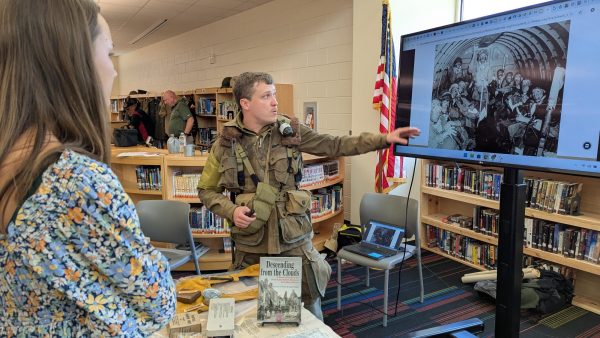
By taking the time to listen to veterans like Beasley and learn the names and stories behind each artifact, student visitors and volunteers like Leszczuk had the chance not just to encounter history, but to preserve it.
“There’s a saying that goes a veteran dies twice, once in real life, and the second time when his name is last spoken,” Wood explained. “These people aren’t dead yet because somebody’s still talking about them today.”
As Wood points out, though those who sacrifice their lives in service to our nation may die physically, their names, experiences, and impact are still kept alive through those who continue to share their stories. Through the Military History Museum, Wood, Kopetzky, and all those involved remind our community of why history matters.
“History is how we connect with our ancestors, but it’s more than that. It’s the story of the human race. History is filled with good deeds and stories, but a lot of them were fought through blood and tears or protests for human rights, but still, people have sacrificed… If we don’t know our history, we’re doomed to repeat it, but it also gives us a sense of honor and legacy of how we came to where we are today.”

